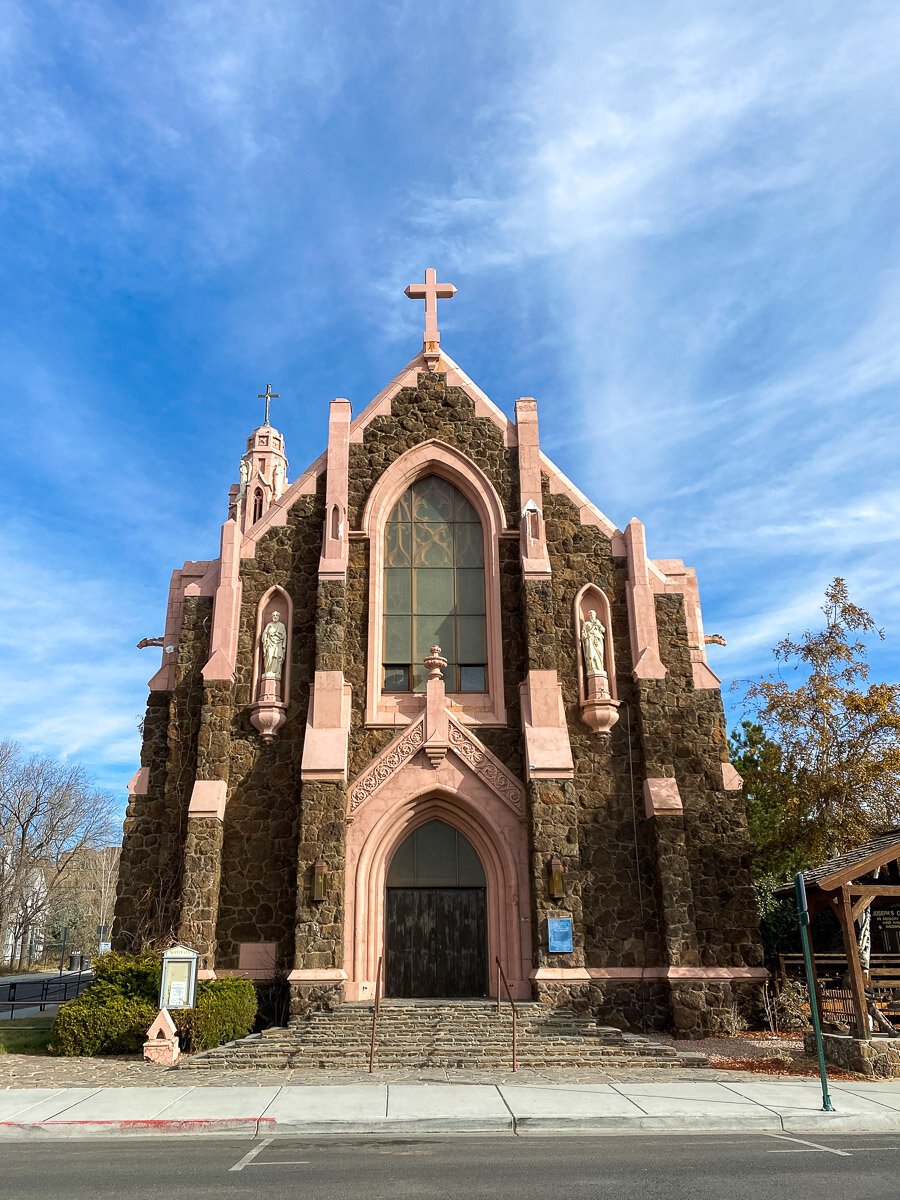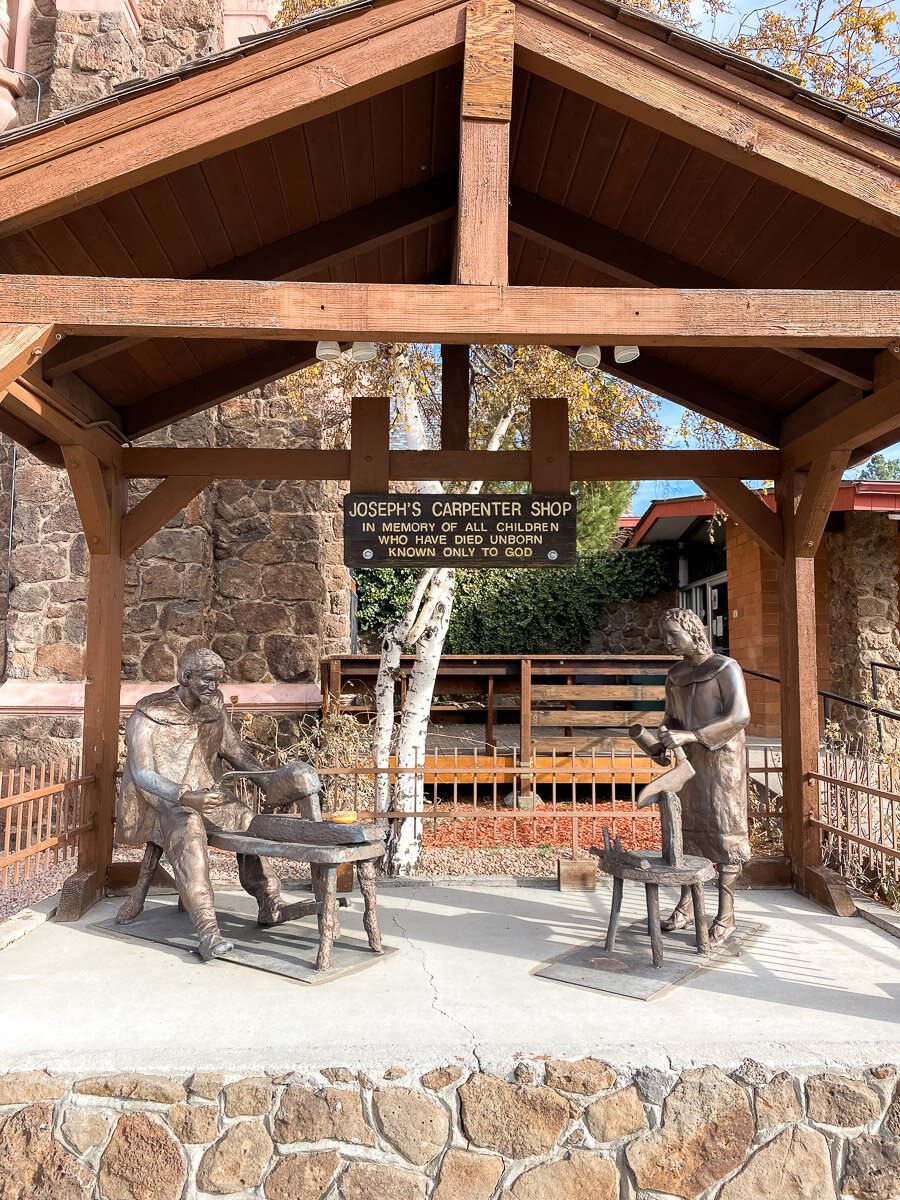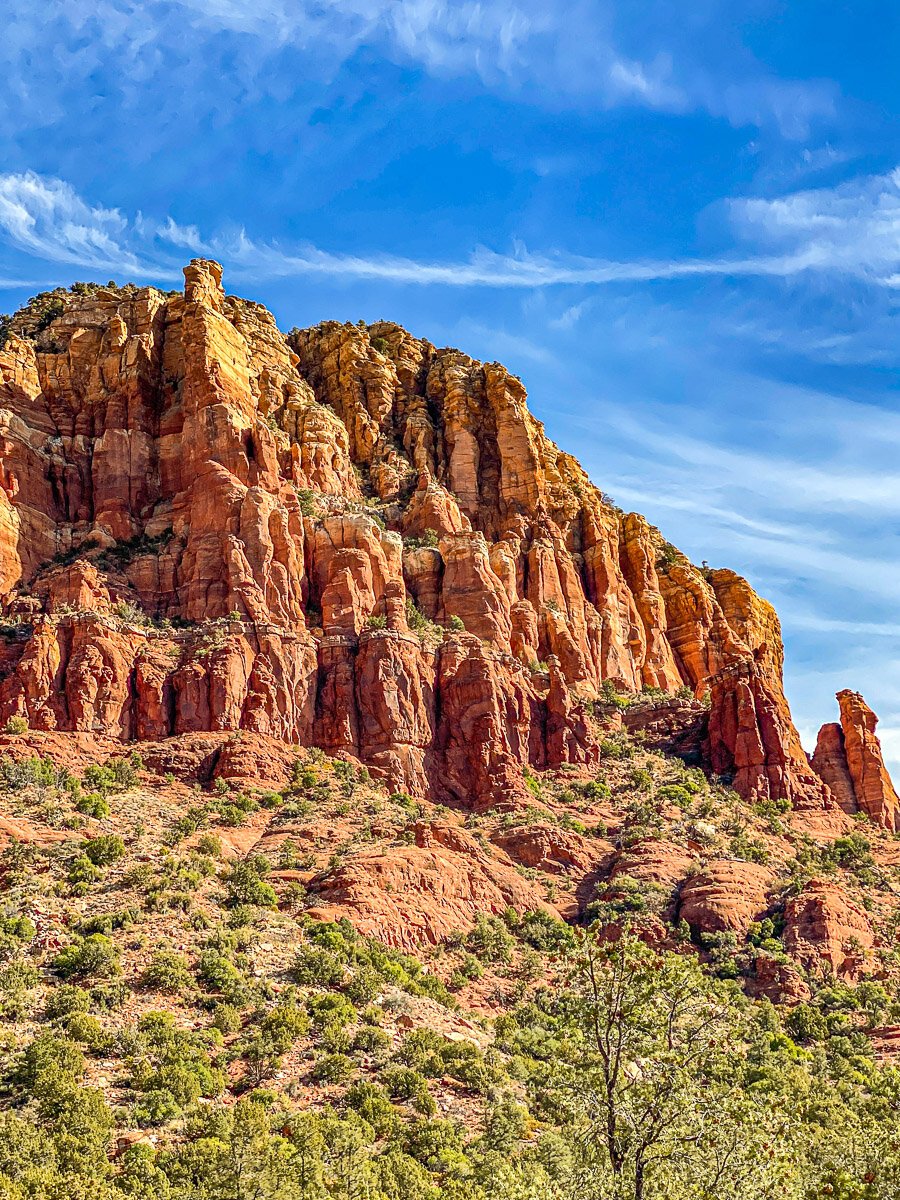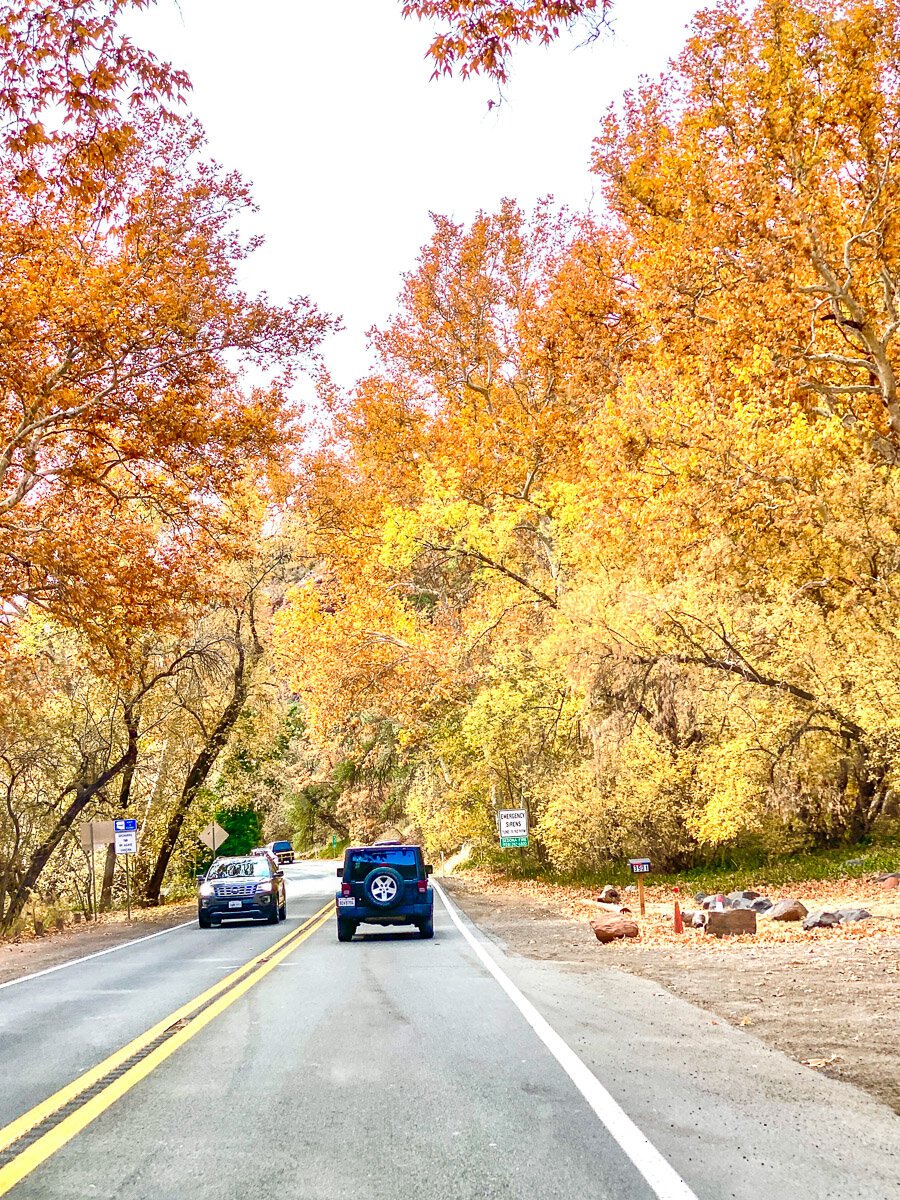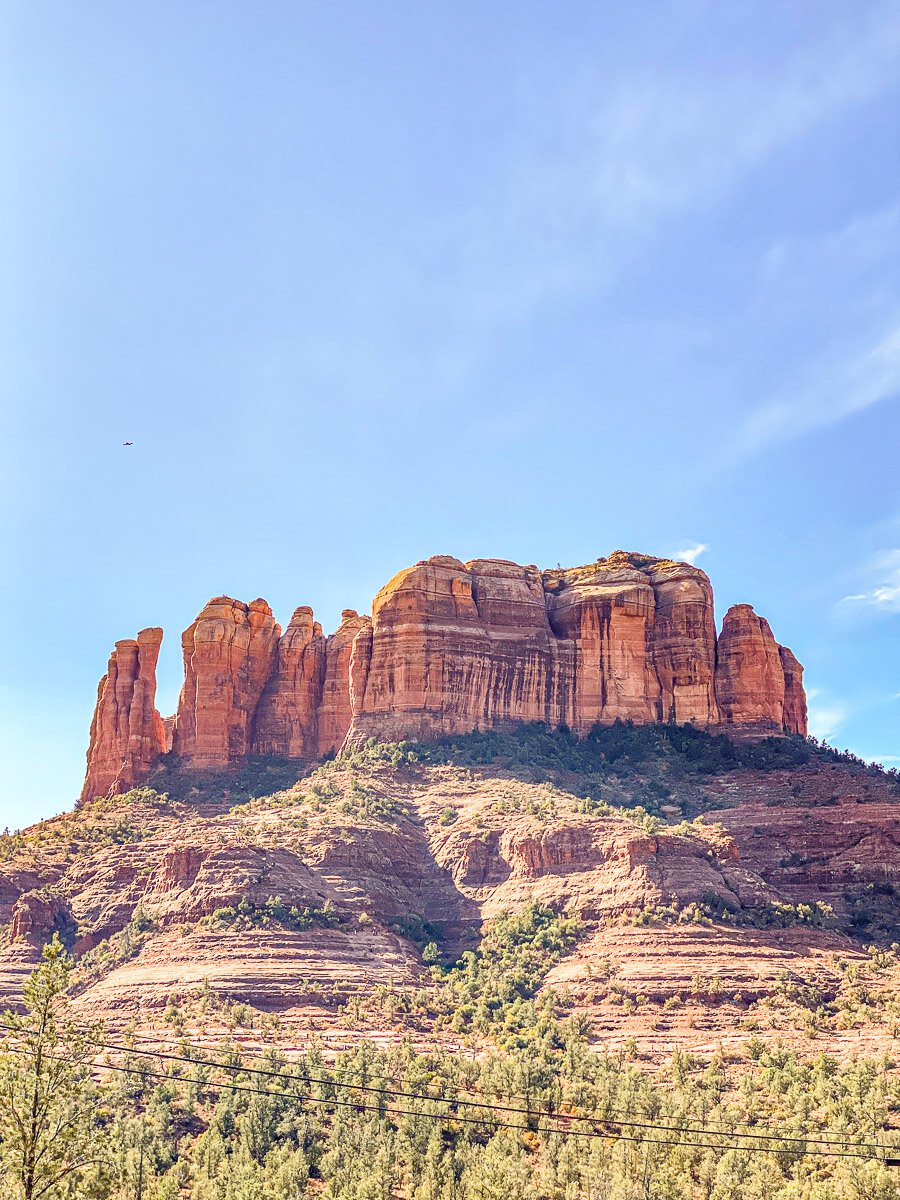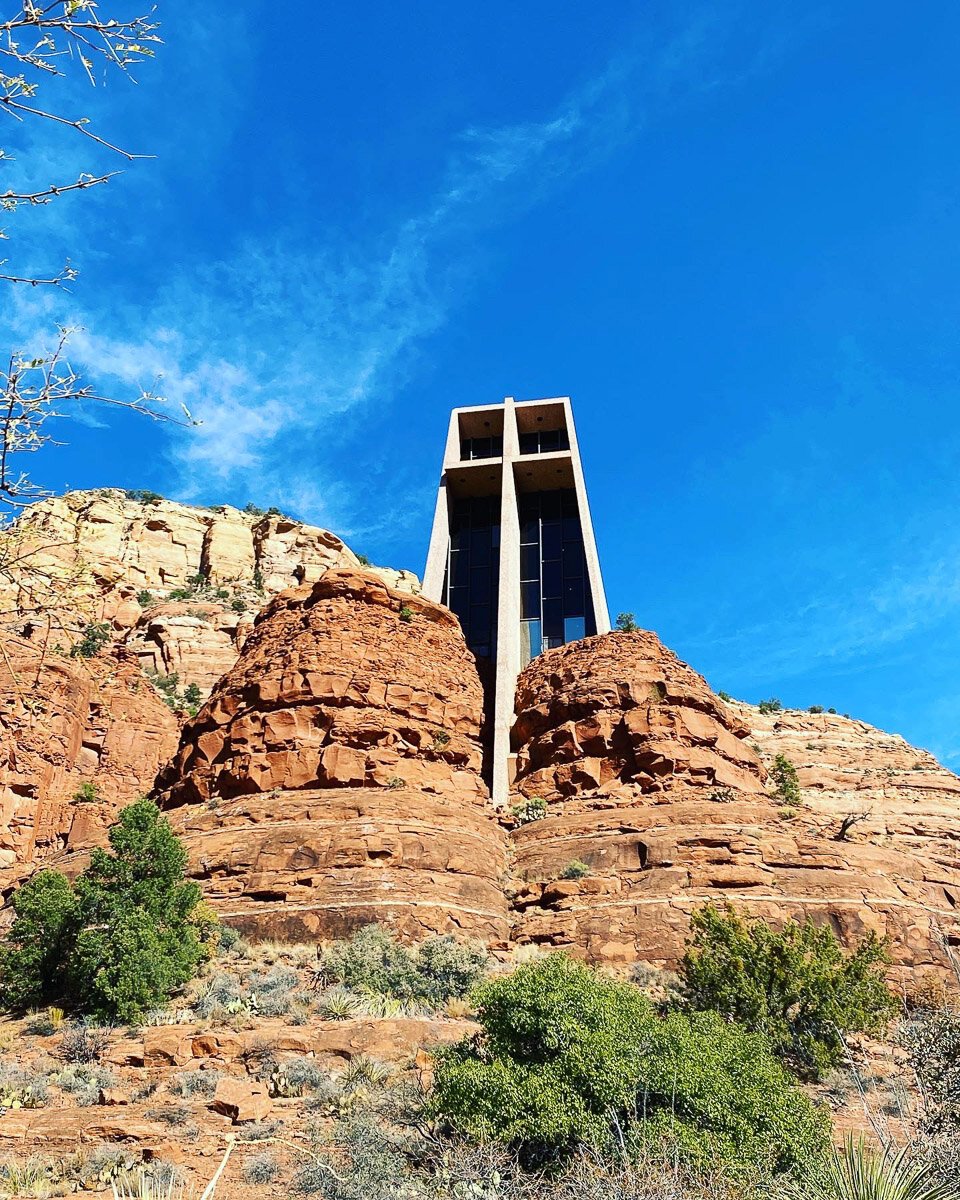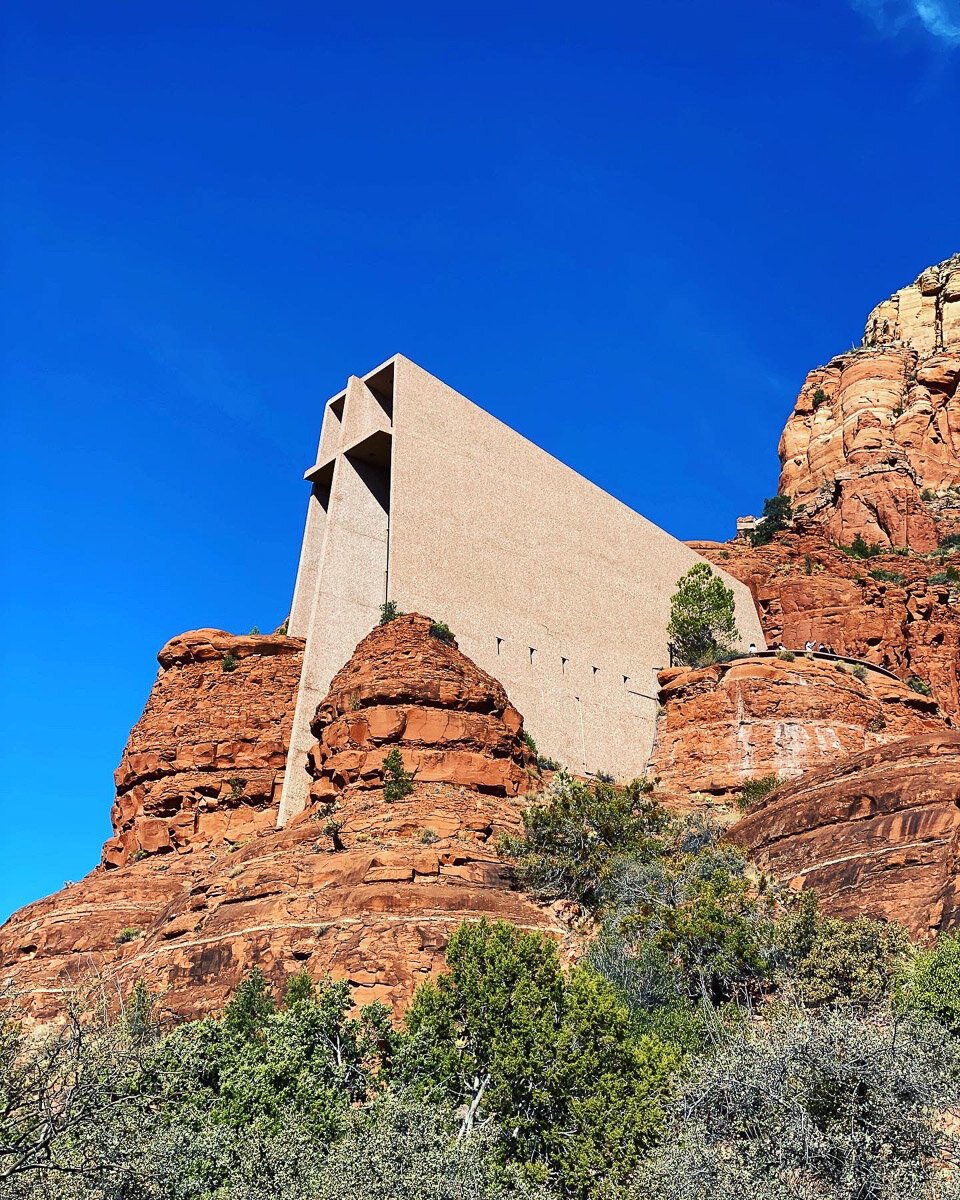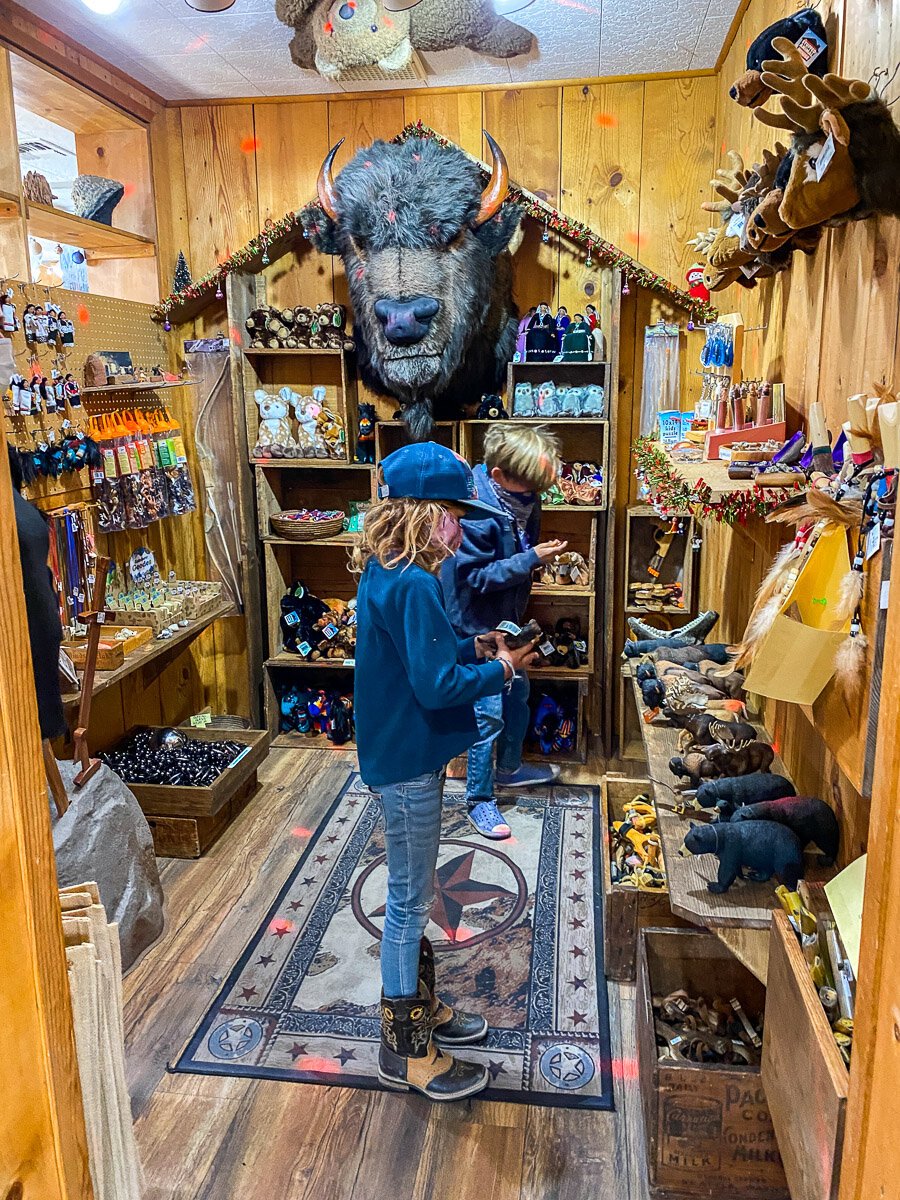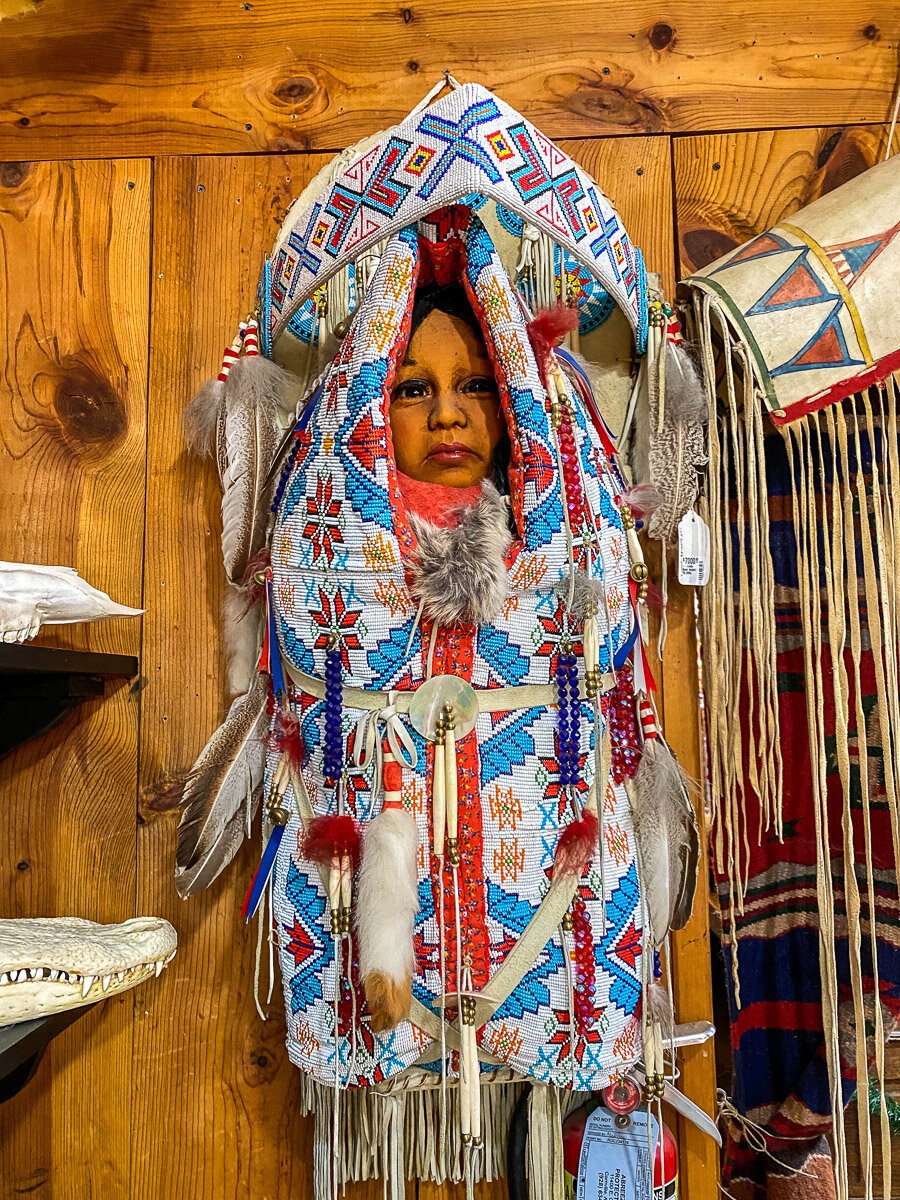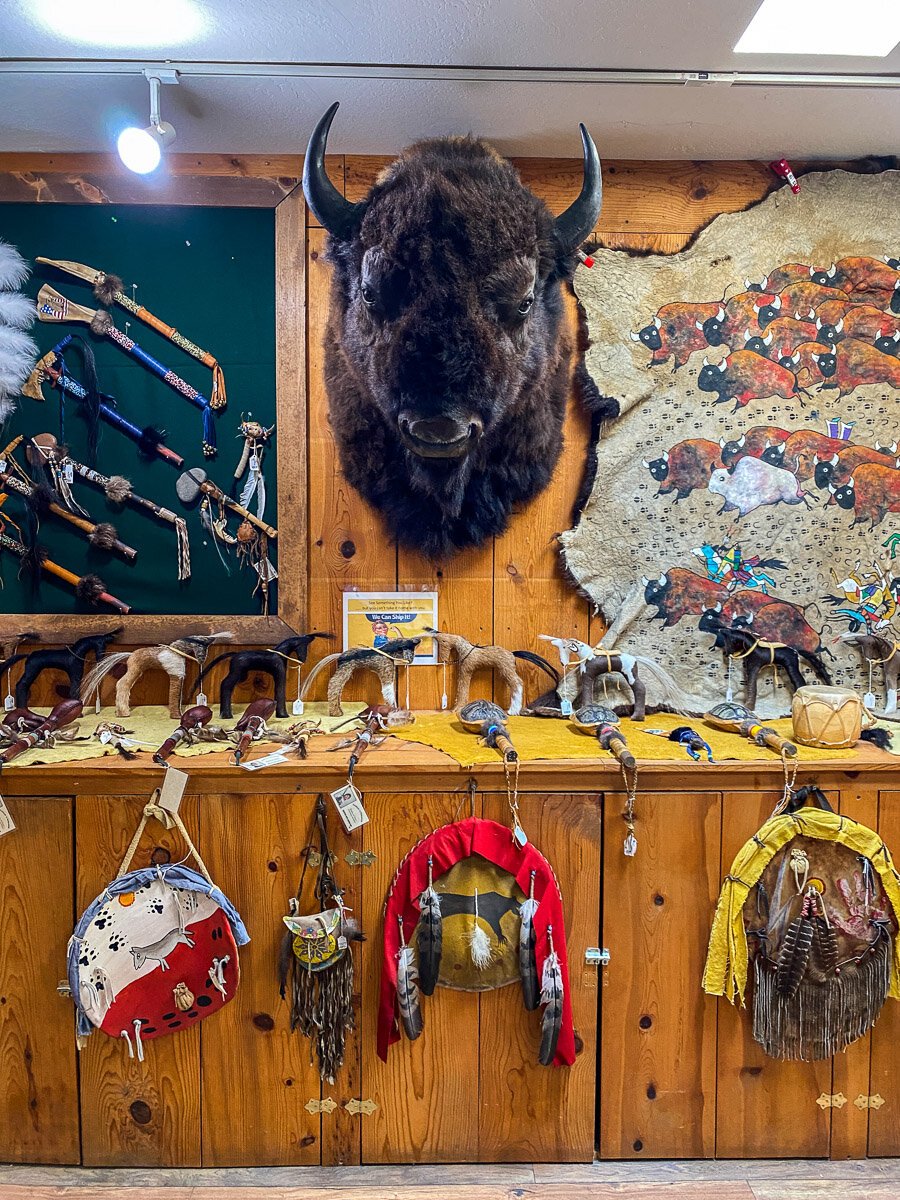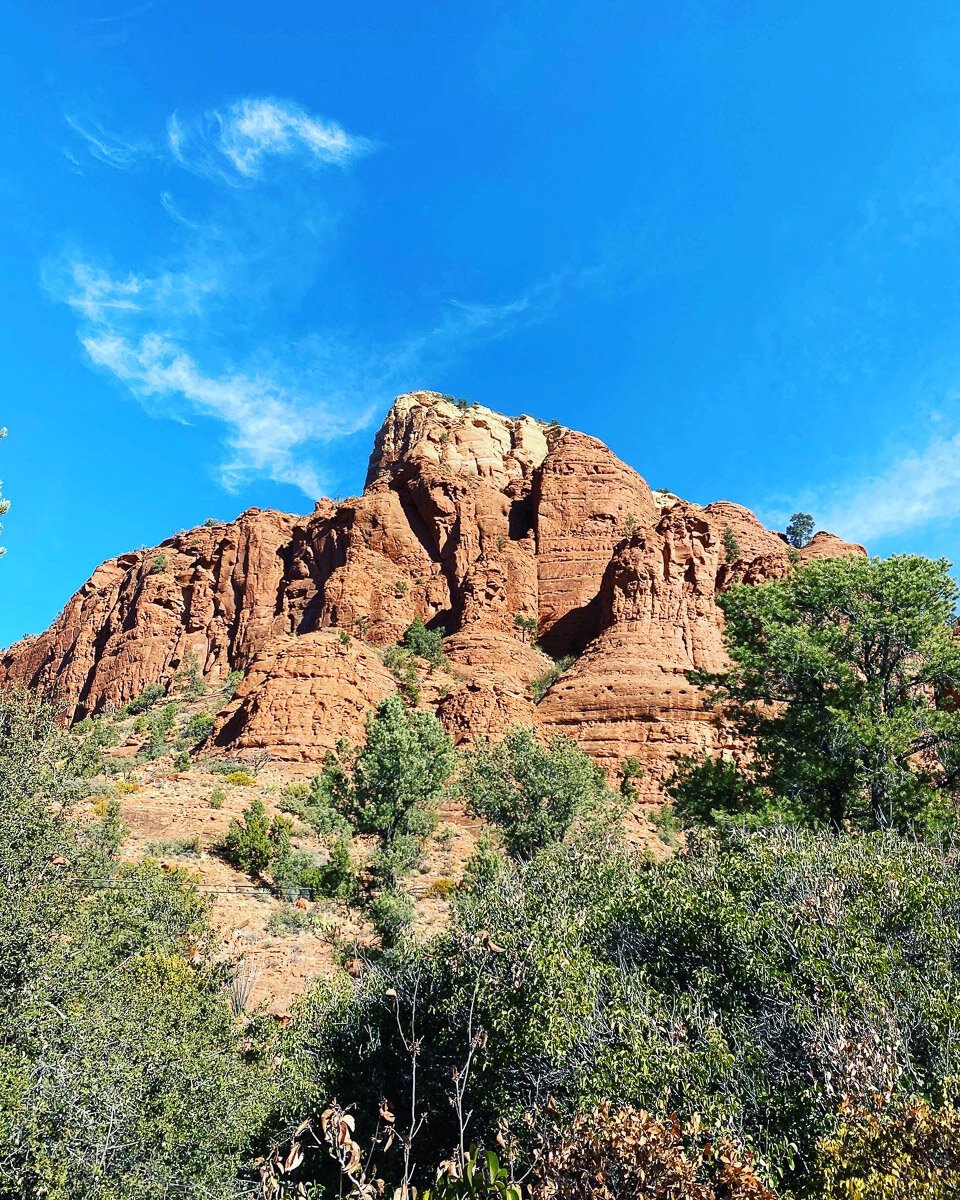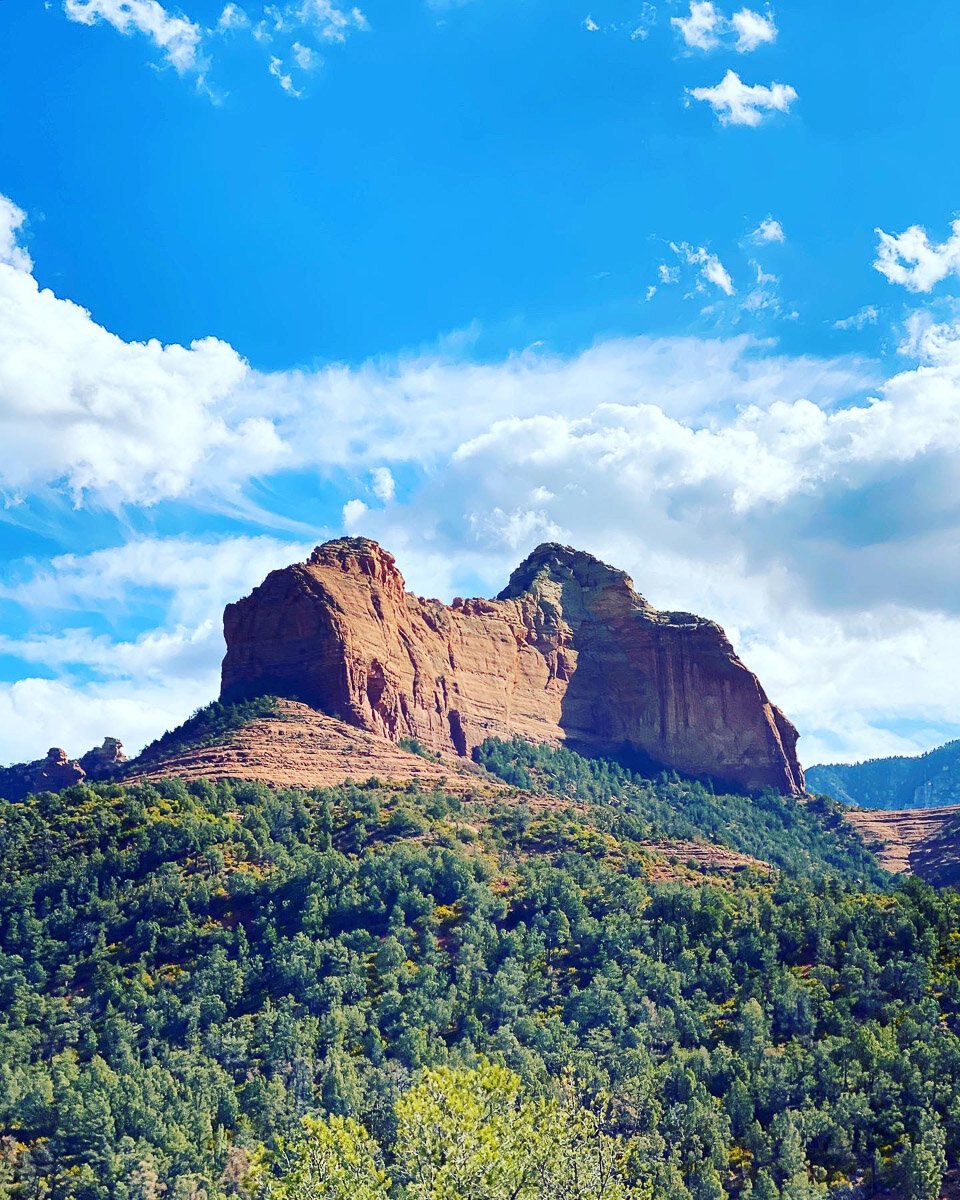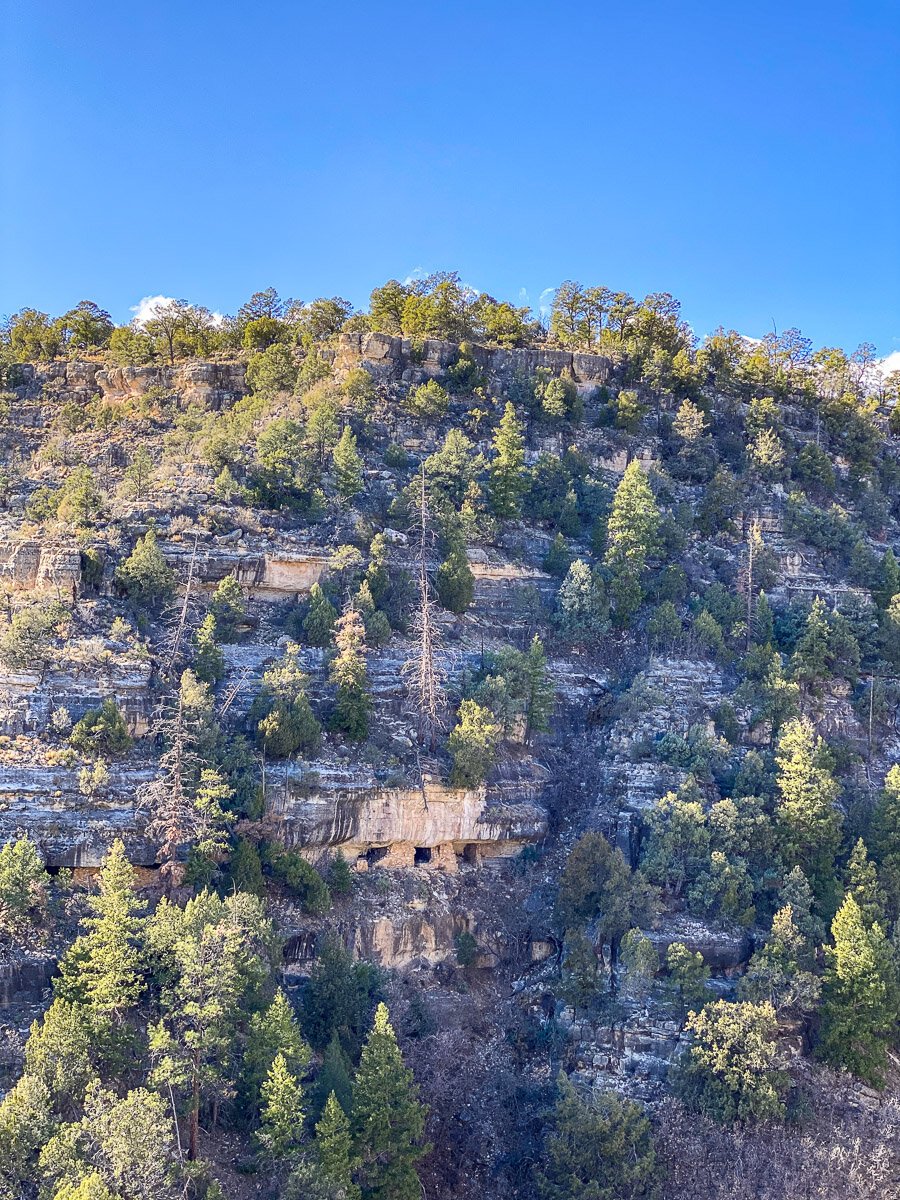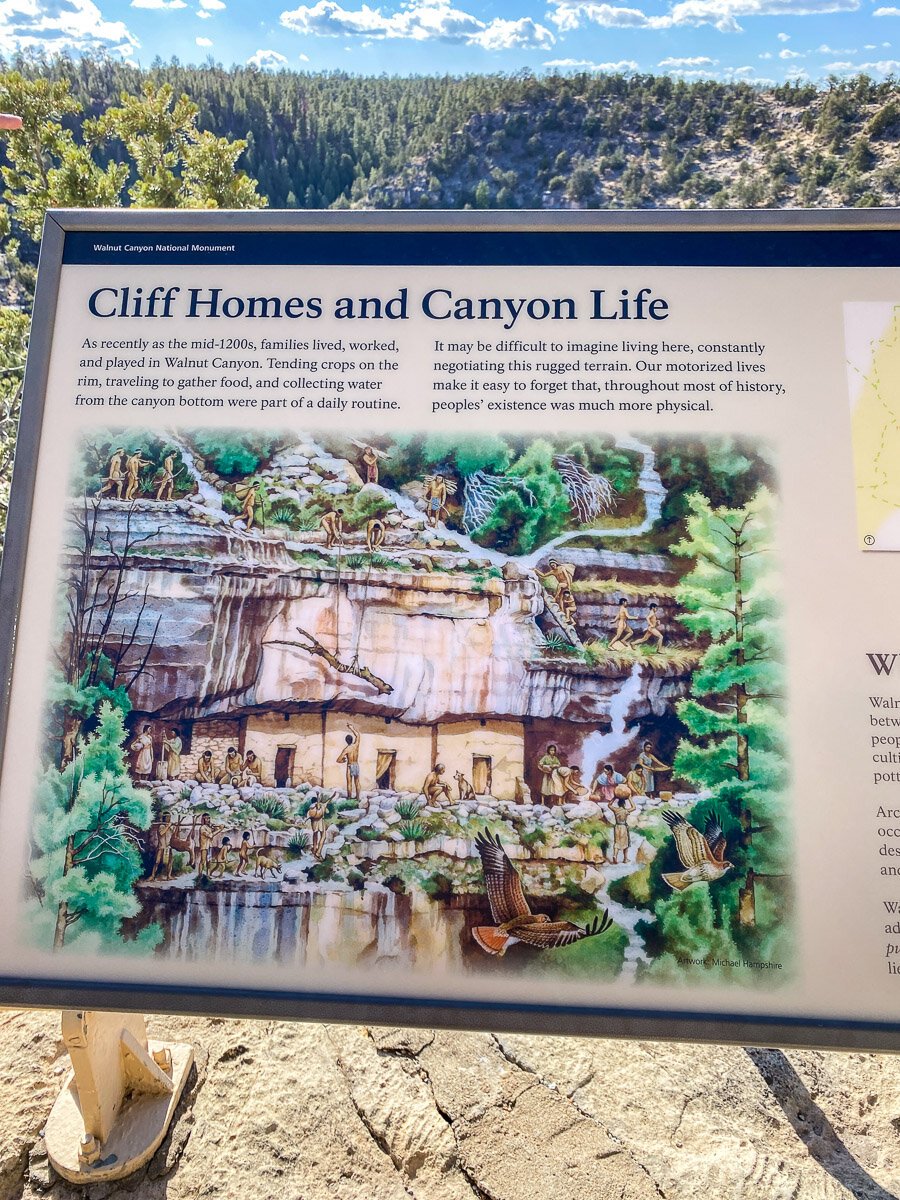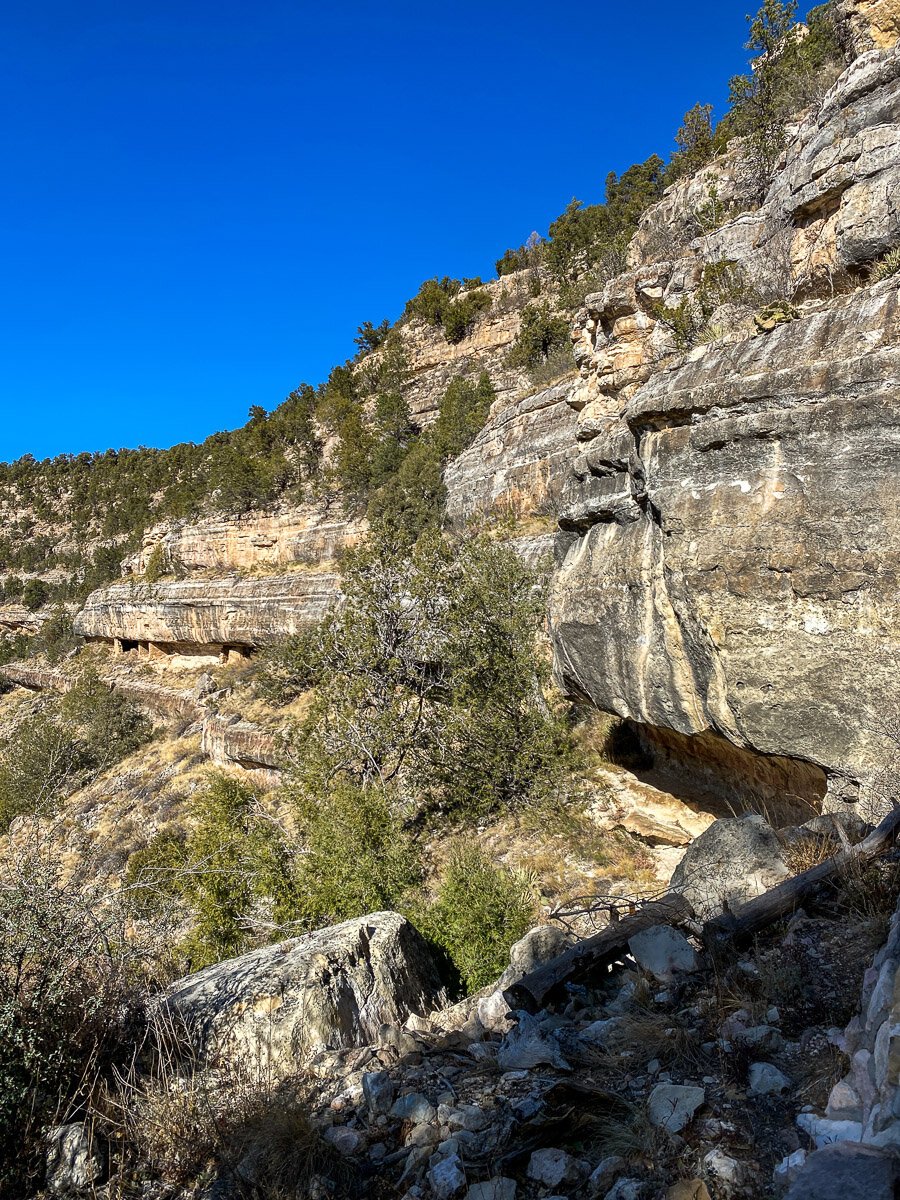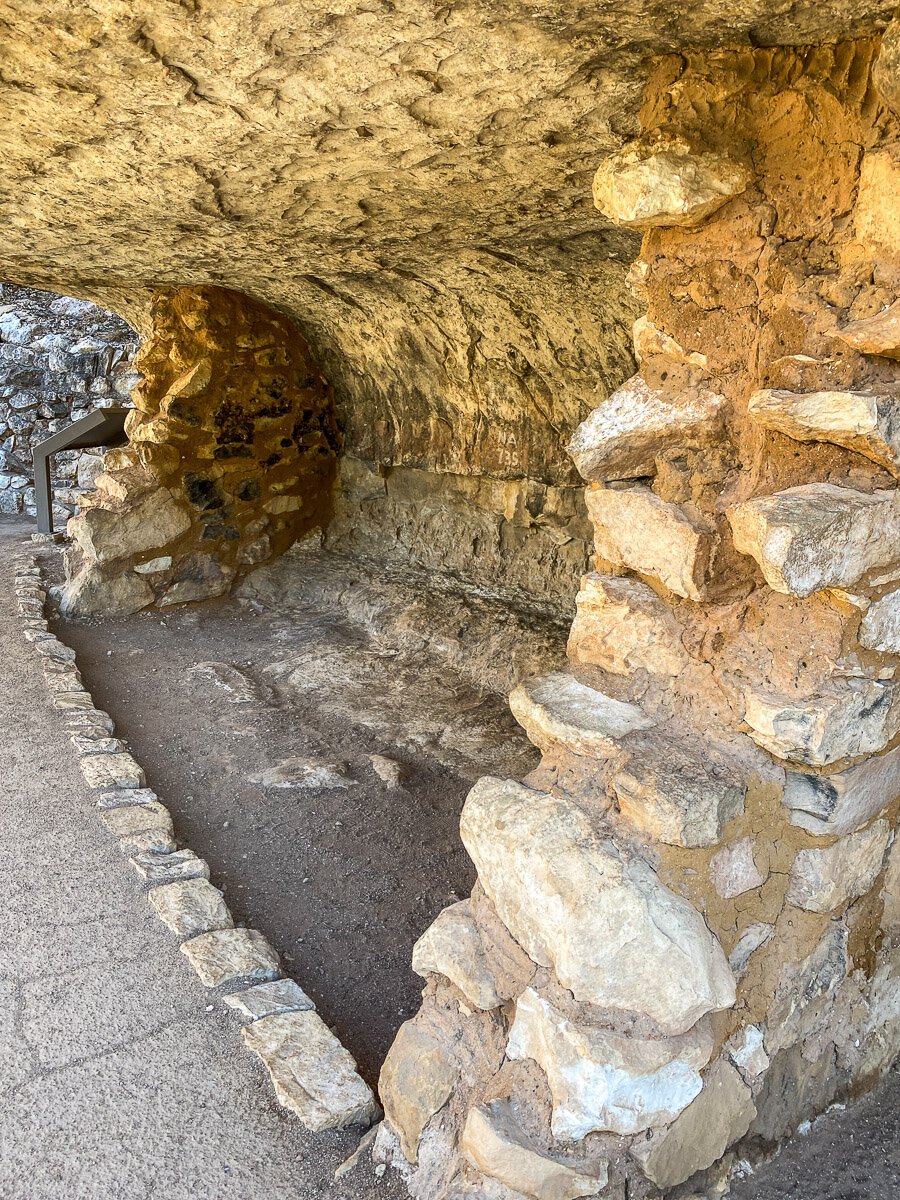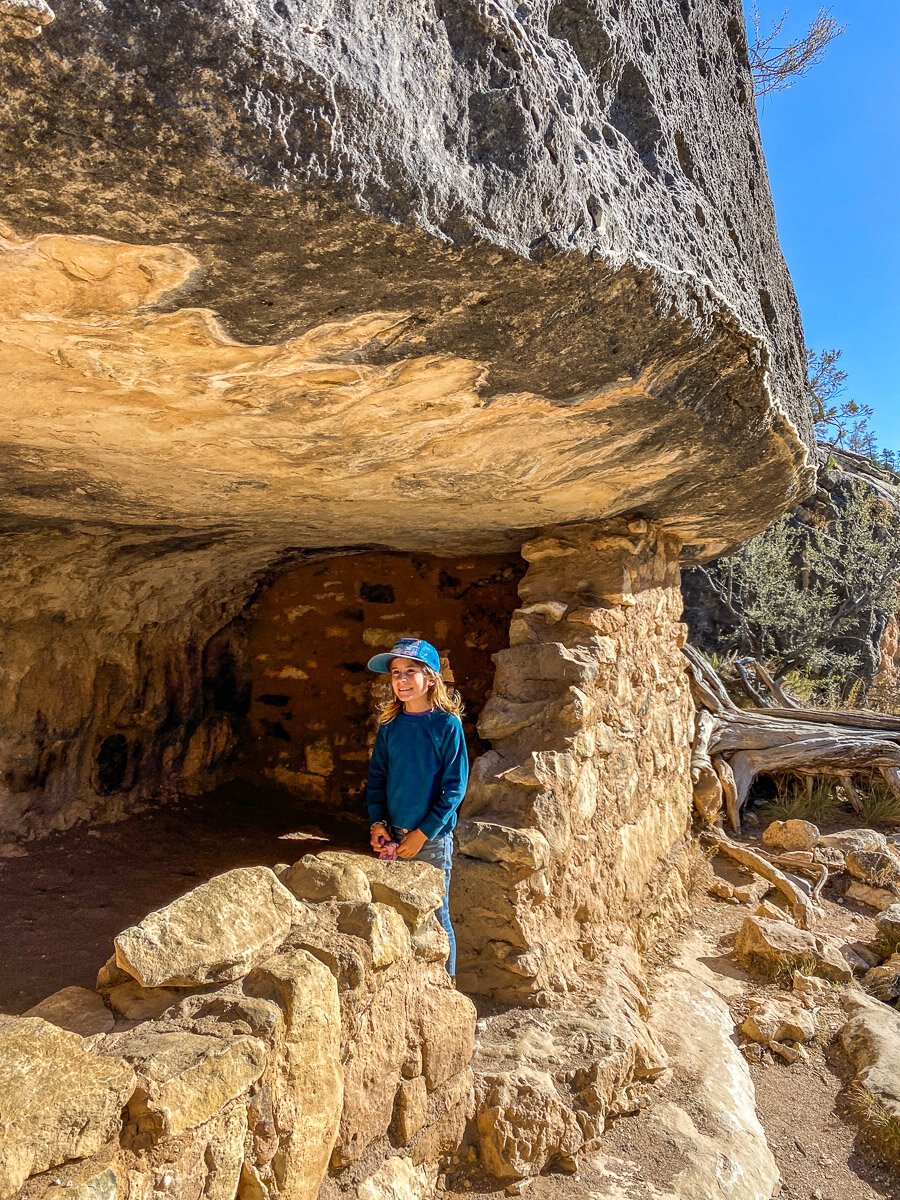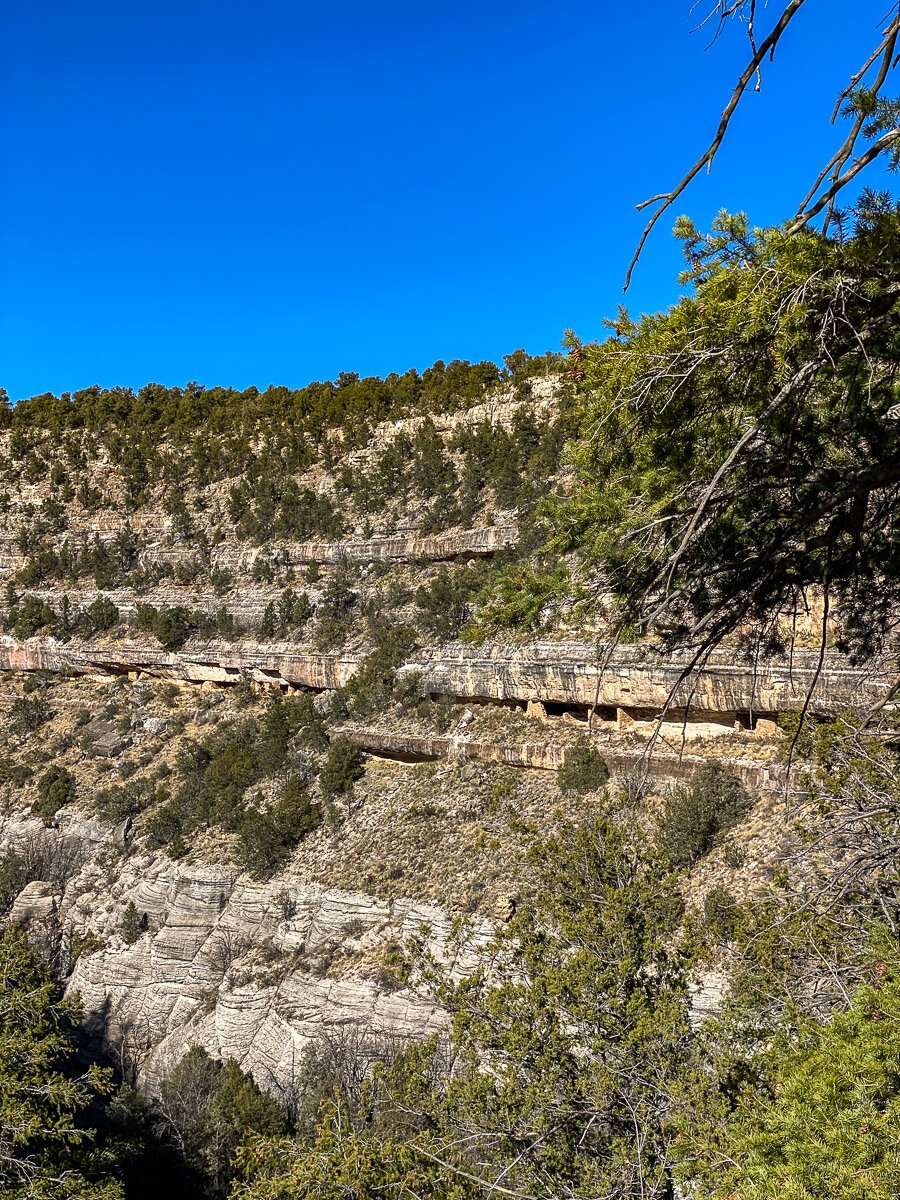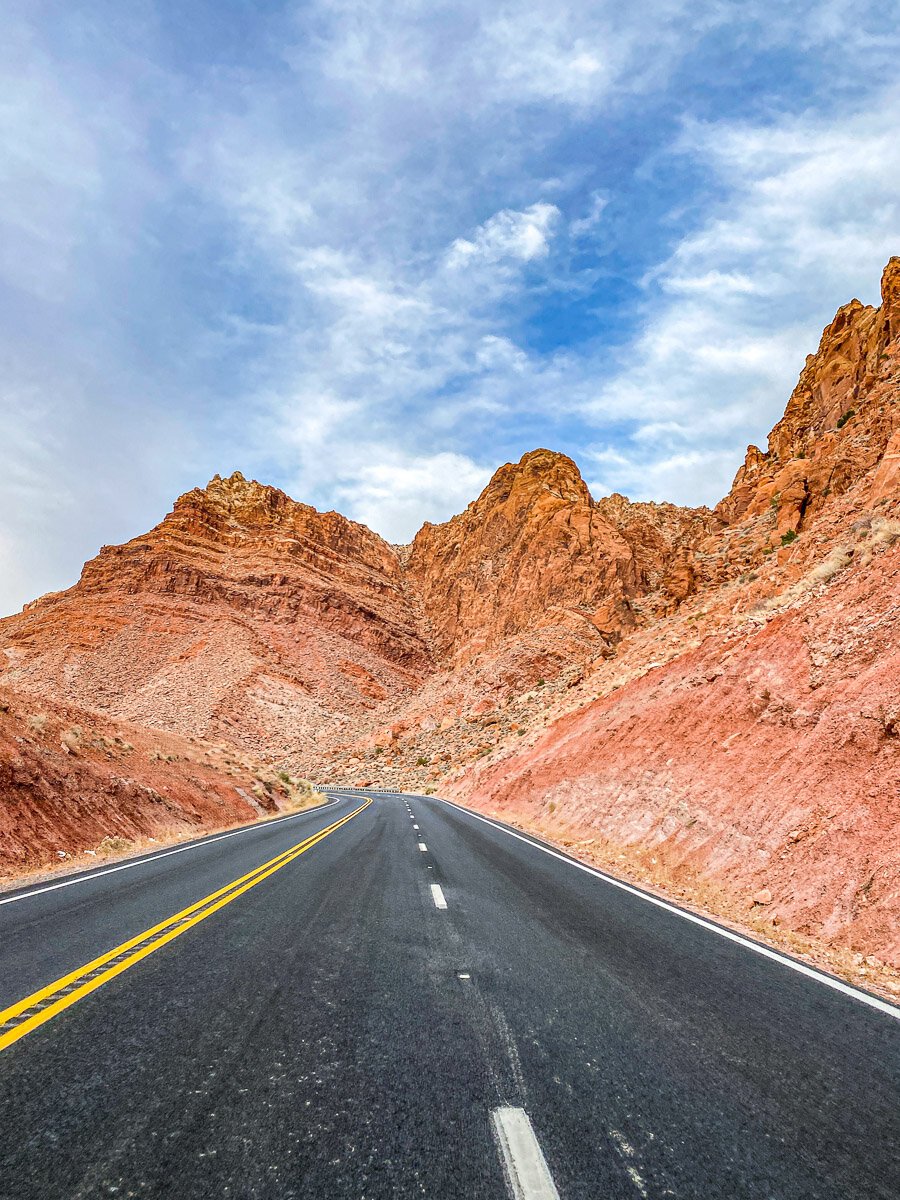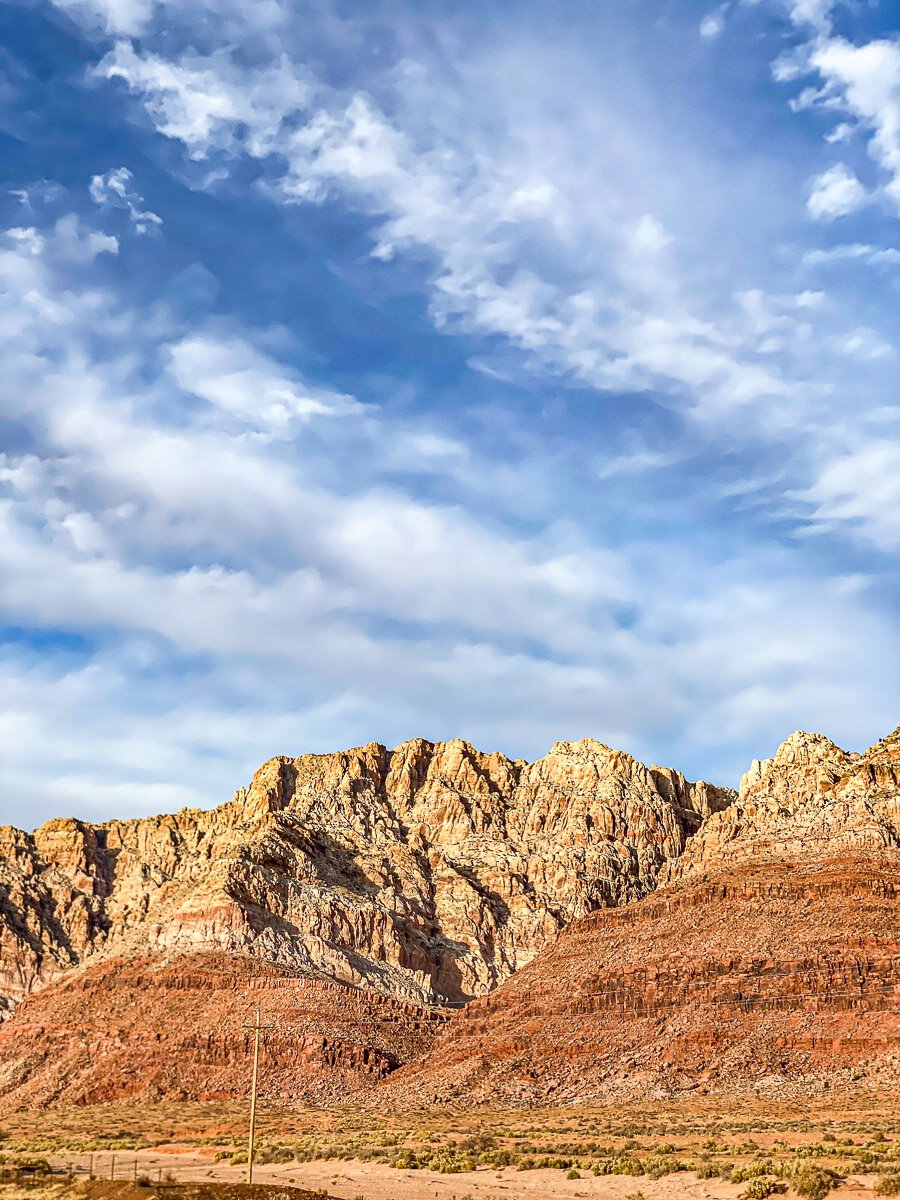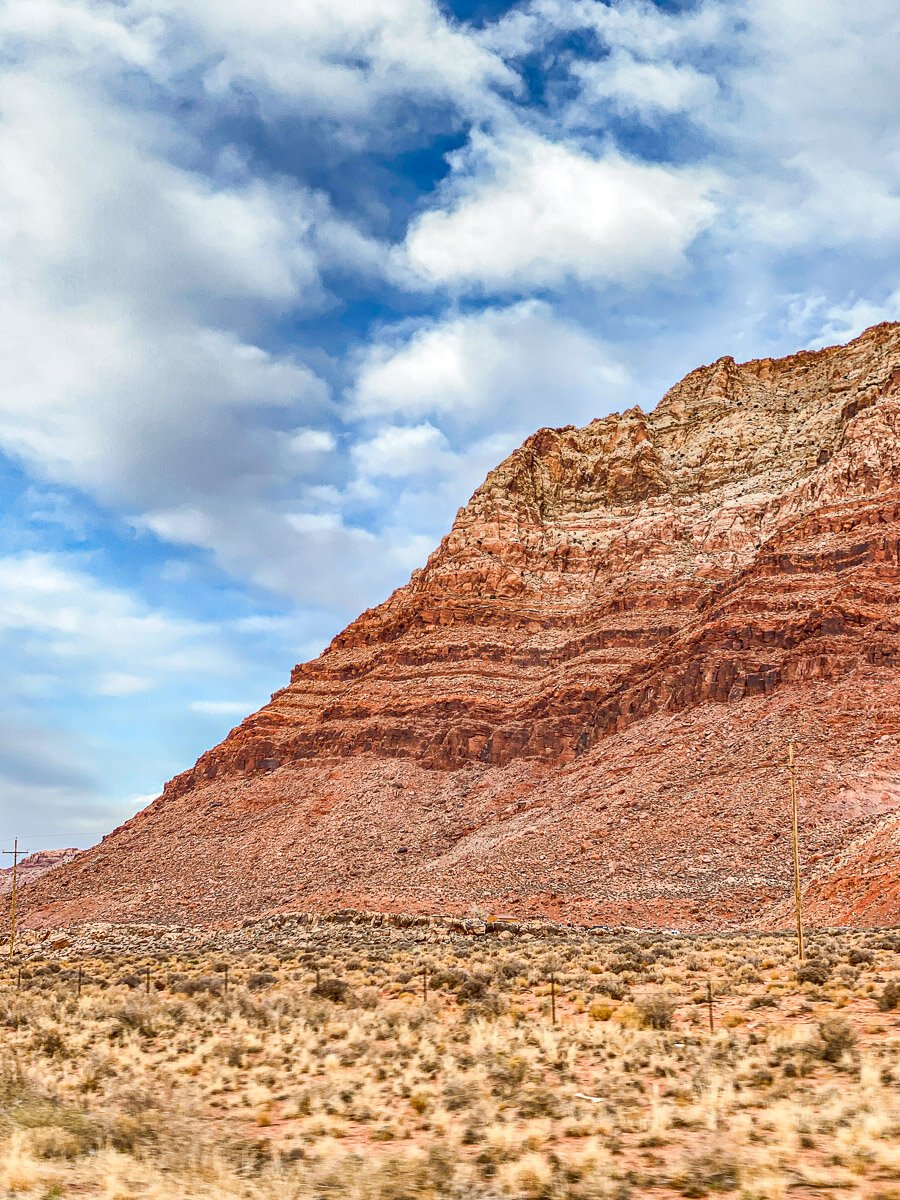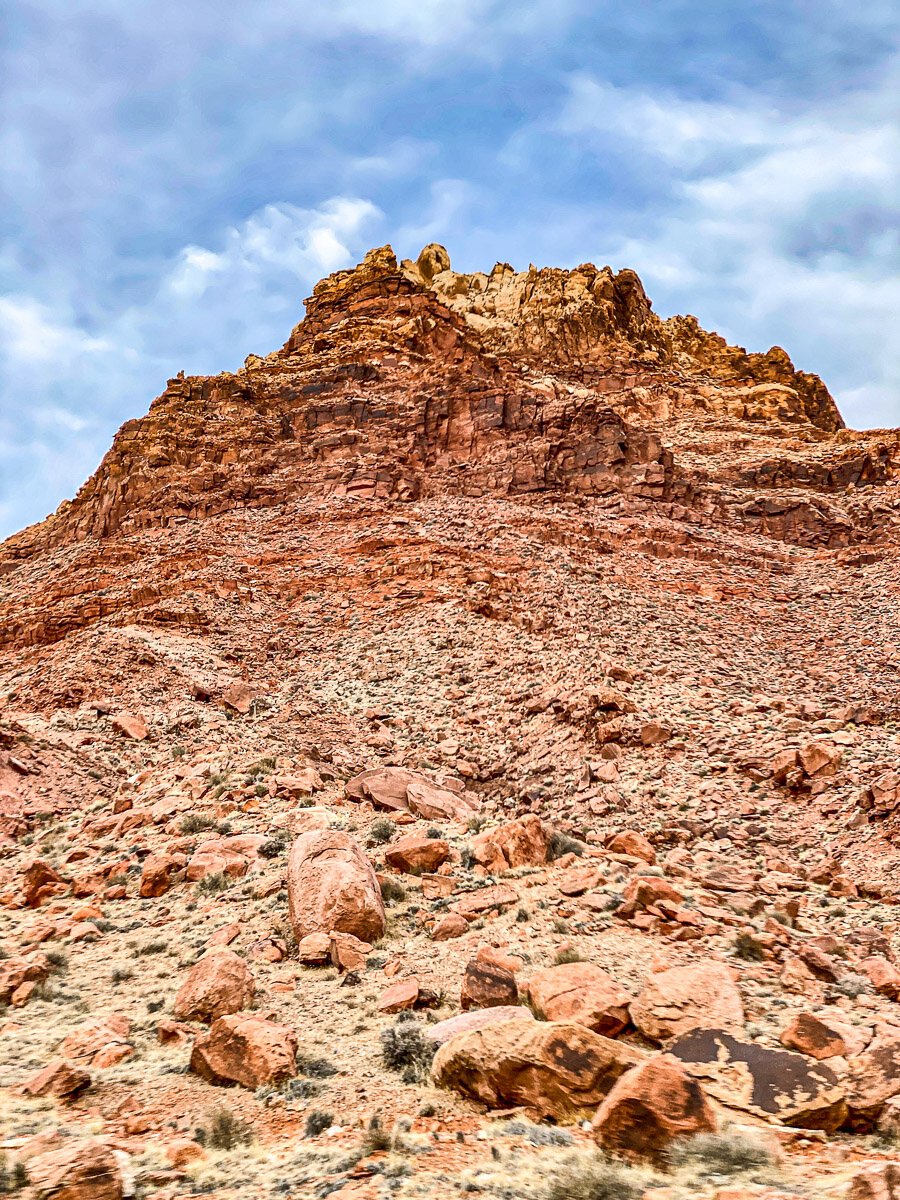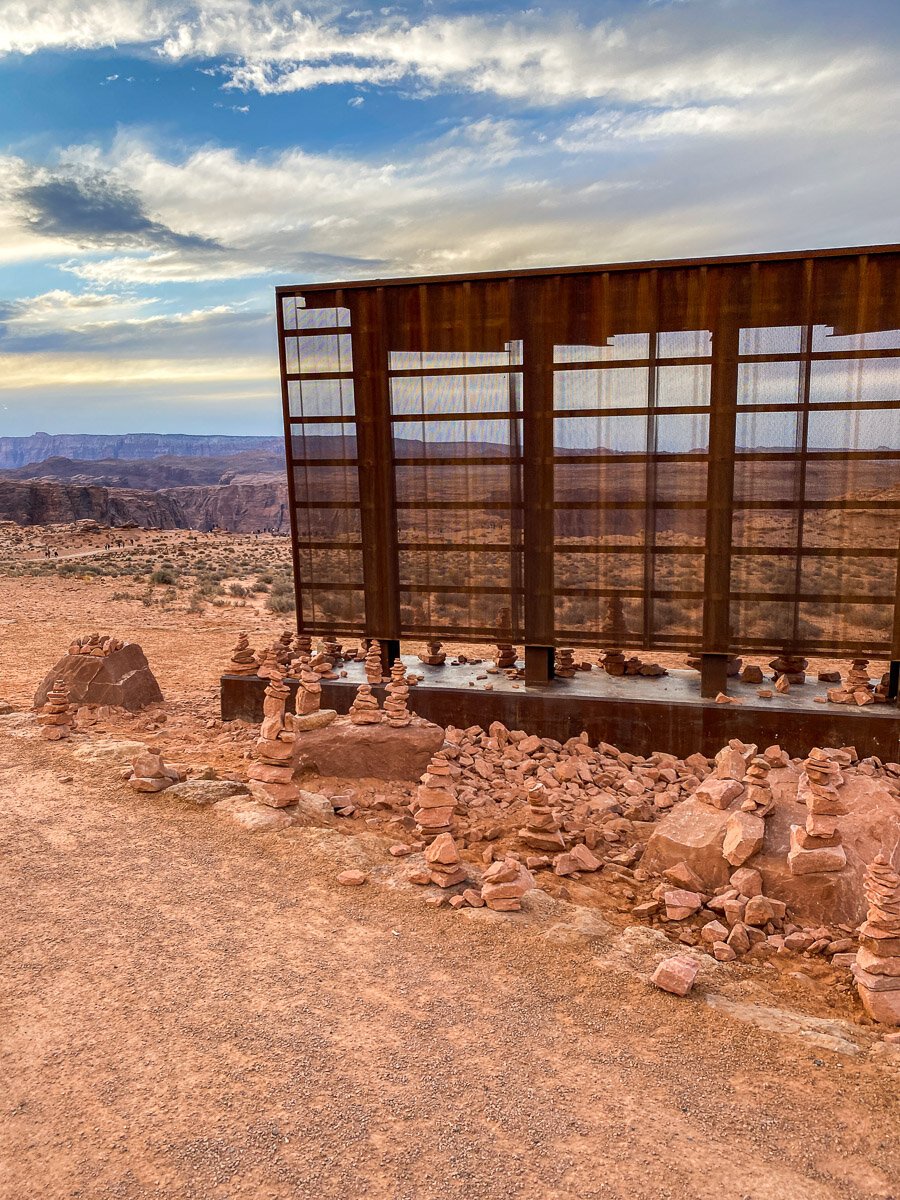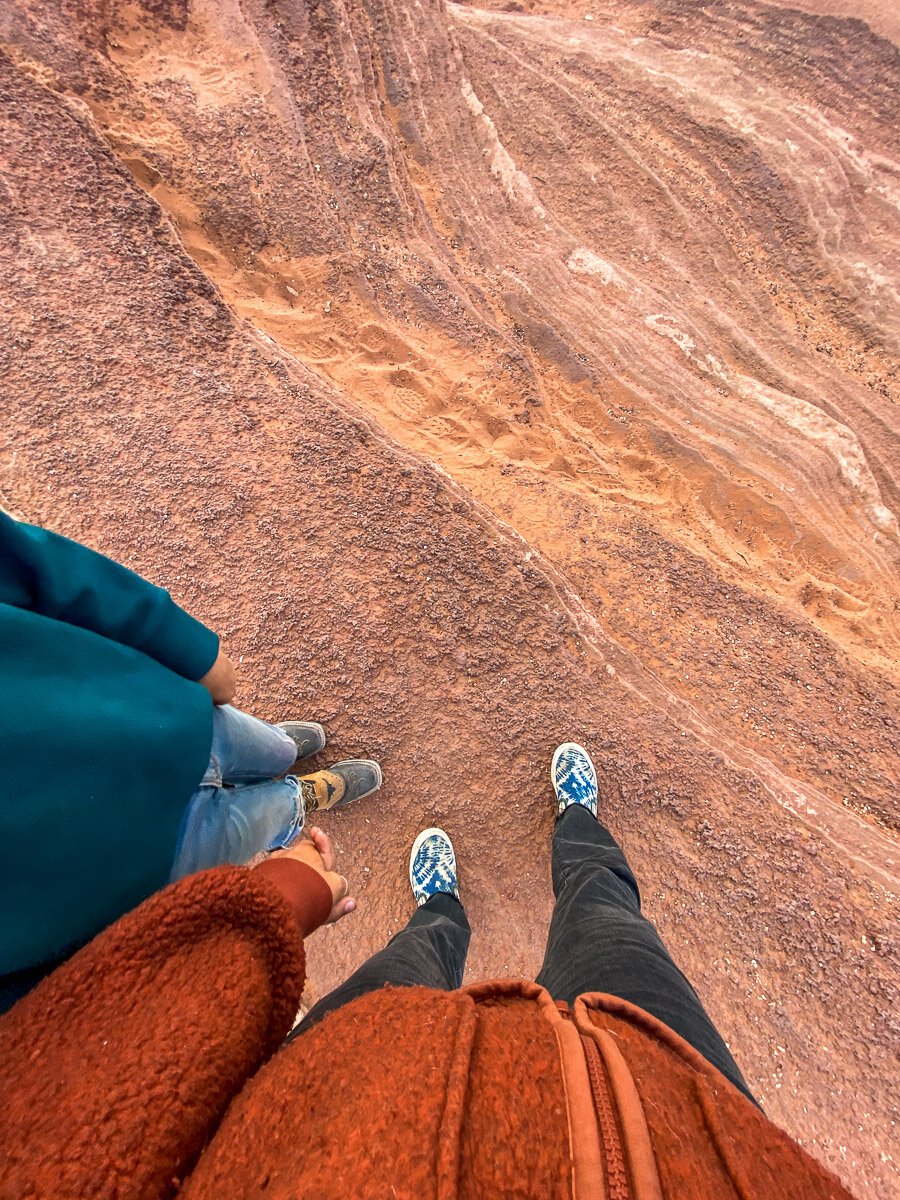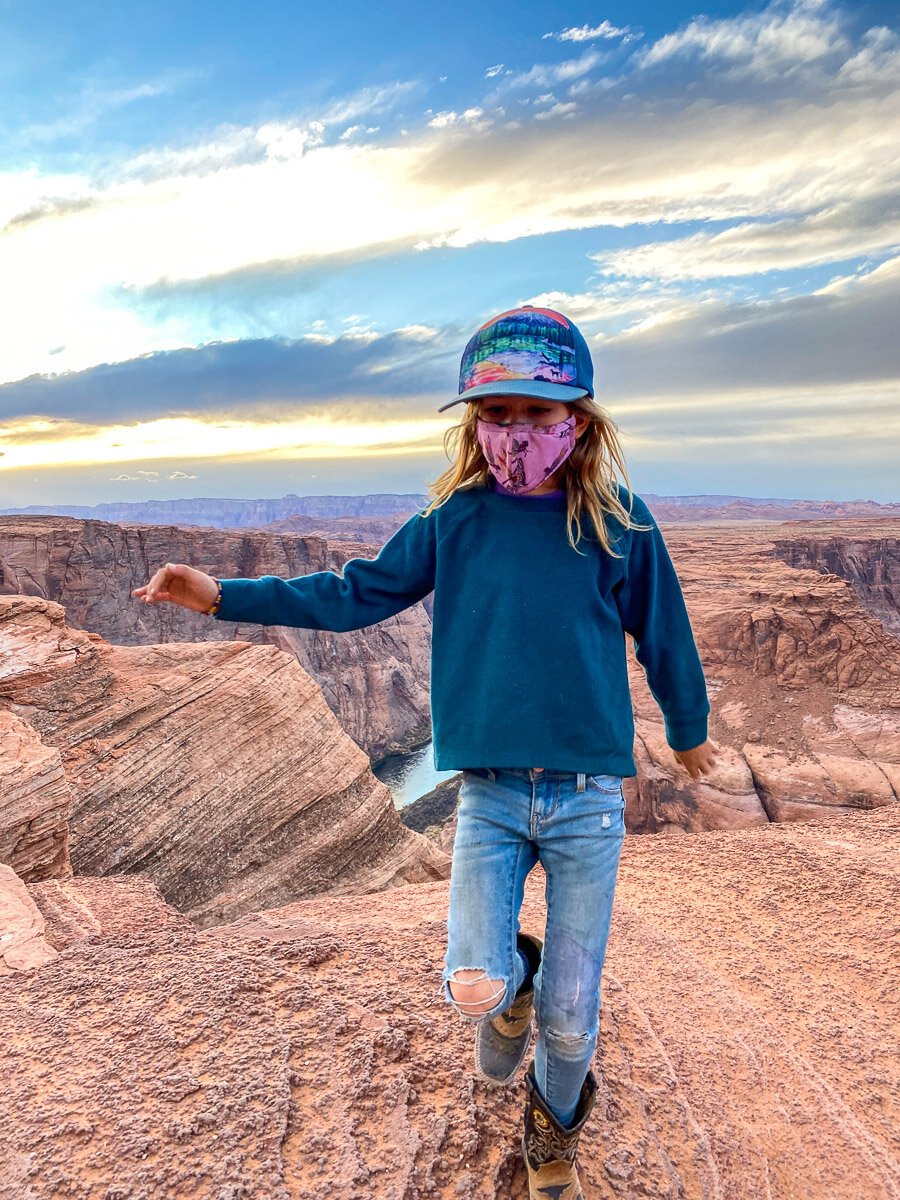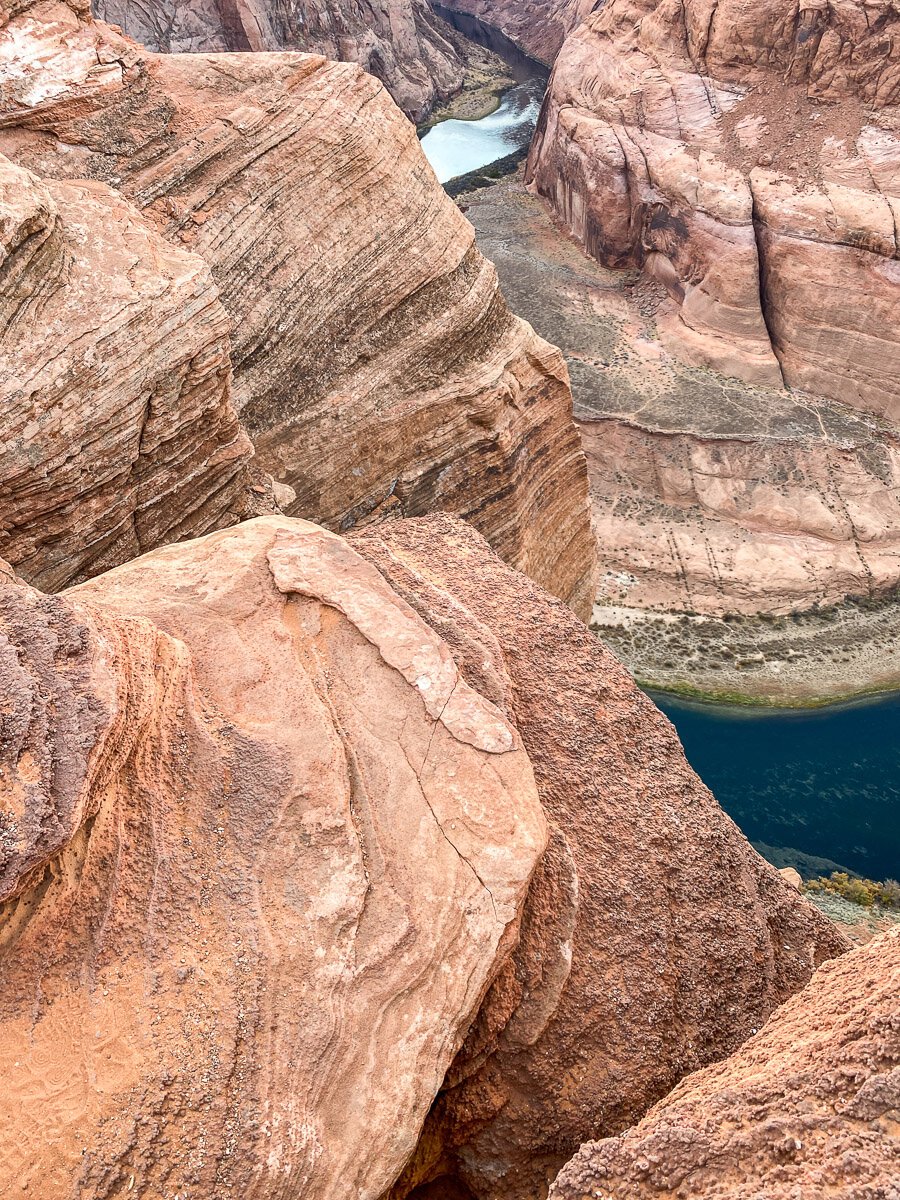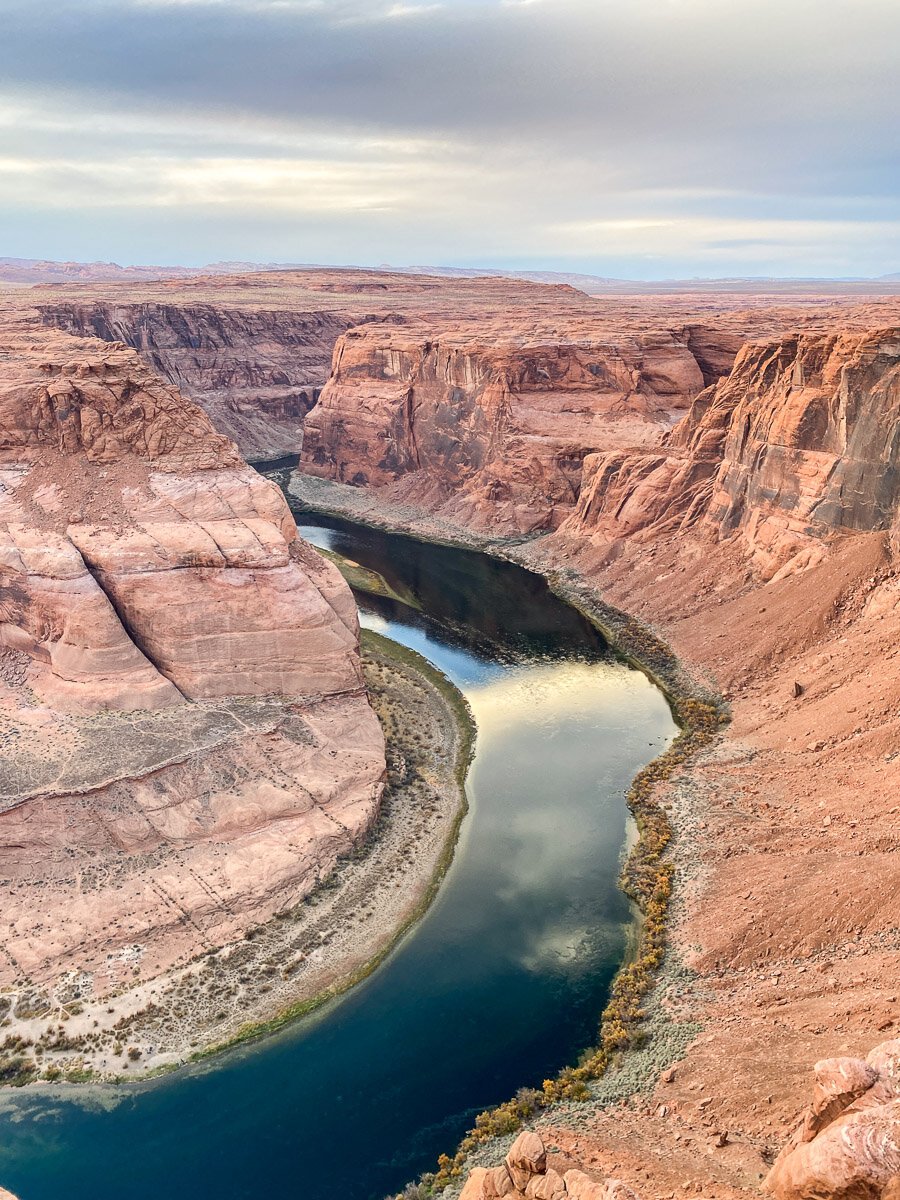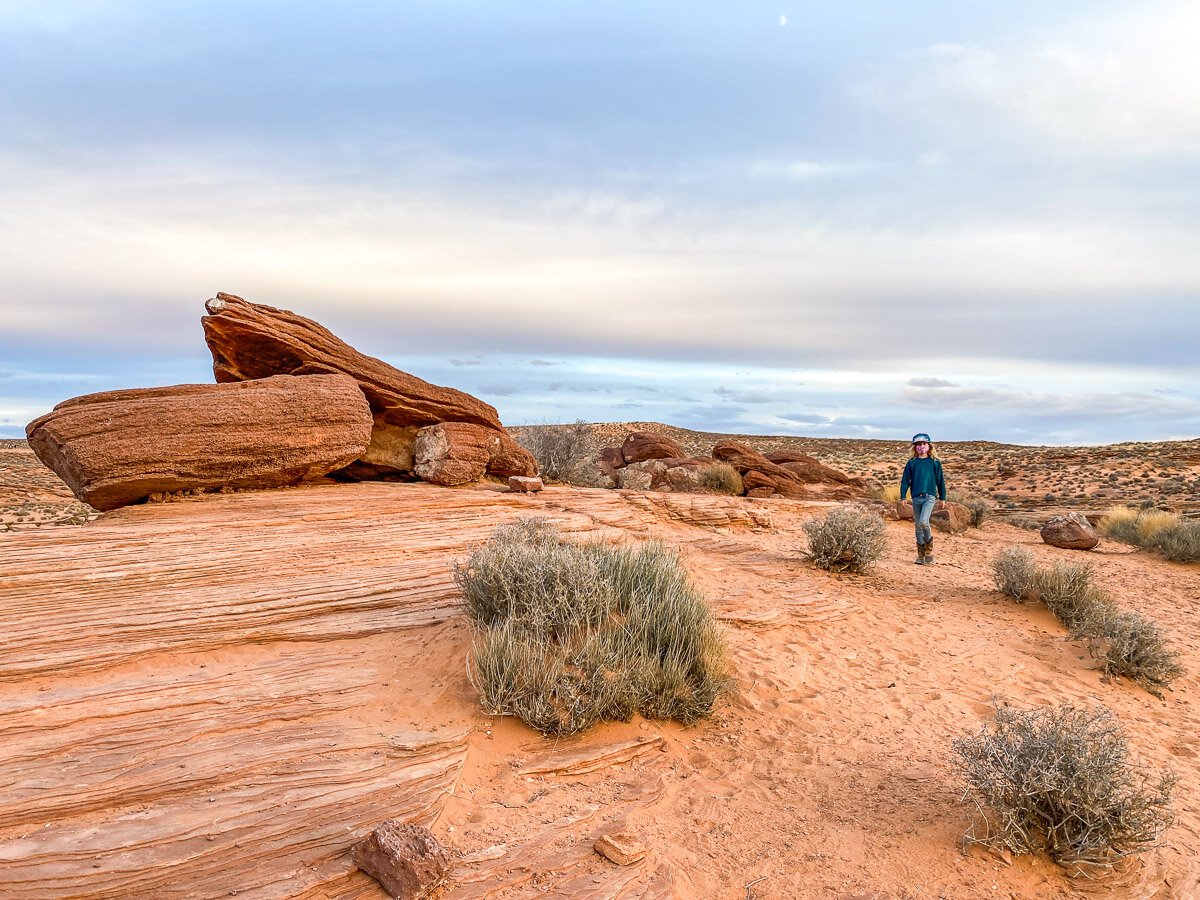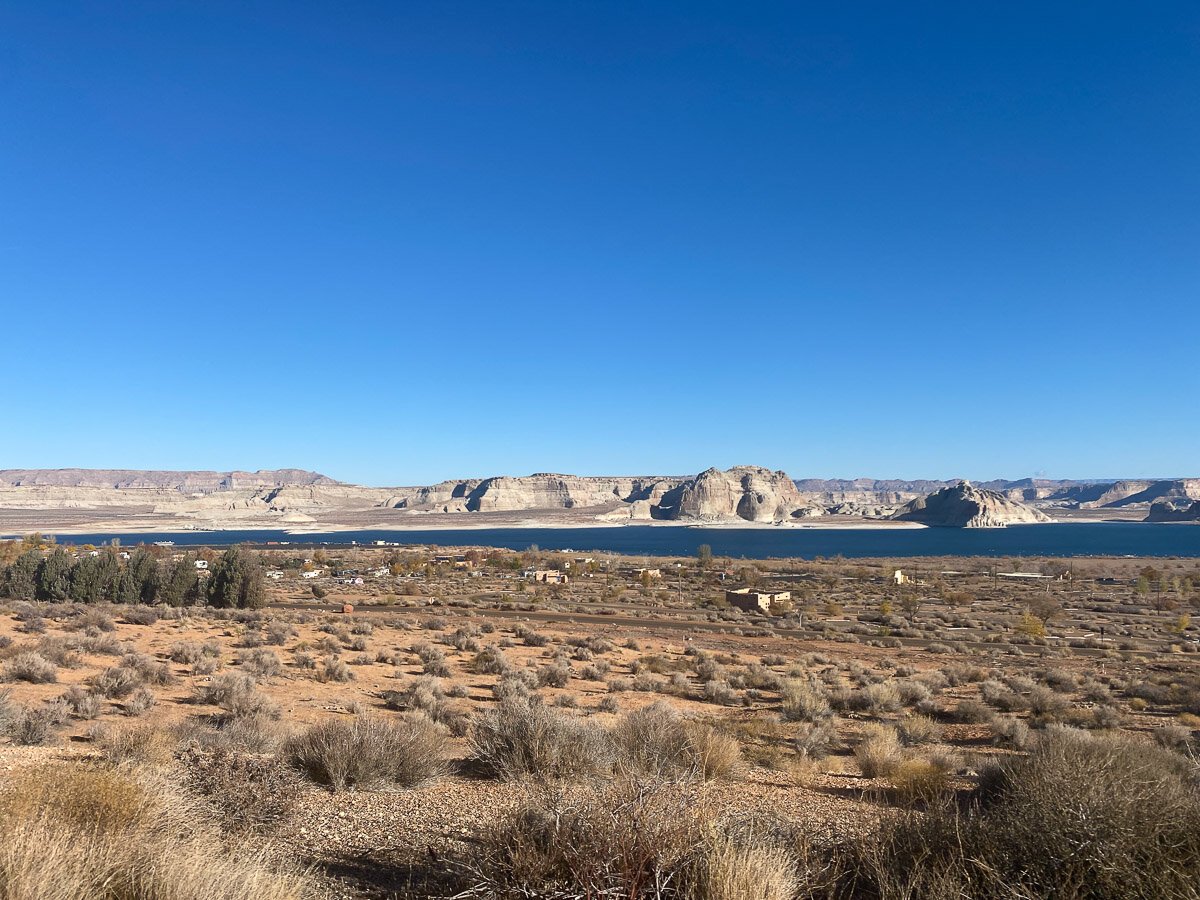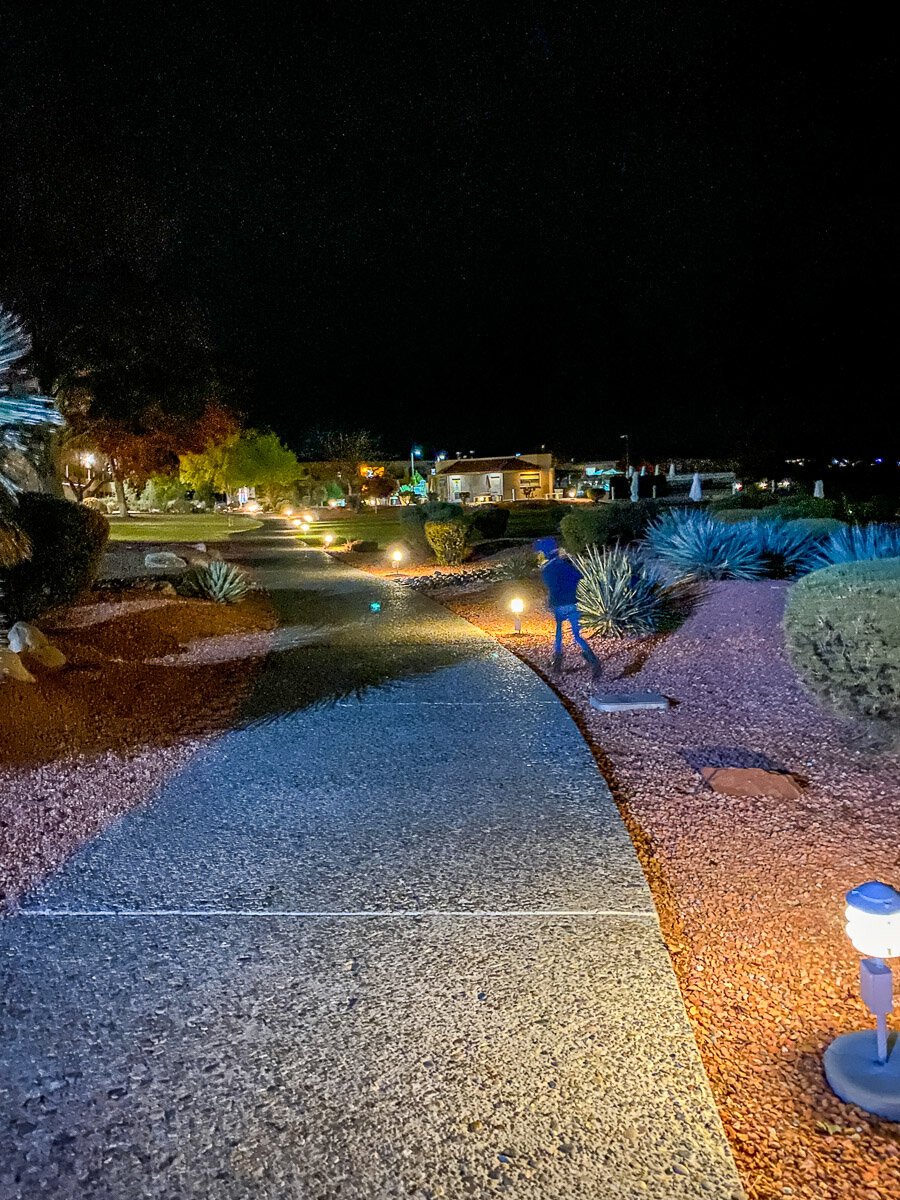Southwest Road Trip Part 3 Sedona, Walnut Canyon National Monument & Horseshoe Bend
As we do when we road trip, we get sidetracked. This sidetrack on the way to Bryce Canyon was realizing that Sedona was only a 1 hour detour total. Peter had never been and I had such fond memories of going years ago after my mom died to honor her as she spent some time in Sedona and had some life changing experiences. When you just have a van and nothing else, this is the beauty of the open road, you can change directions at a moments notice. If you’re curious where we started, you can check out the previous post about the grand canyon
Also, what happens on road trips is that you are forced to stop in towns for gas and food that you may not had planned to stop in before. For us, this was Flagstaff. I’ve never heard much of this town, but we thought we’d stop for a bit and peruse the town and grab a snack. We were pleasantly surprised to find that Flagstaff is beyond adorable. It’s a college town, the Northern Arizona University built in 1899, so it has all the energy of the youth mixed with the old mining town architecture of when it became a fully erected town in 1922 due to the Route 66 and railroad passing through. We loved just driving through this town and stopped at The Juice Pub and Eatery where I was able to stock up on all my Gluten Free desires. I wish we had more time in this cute town.
Sedona
After our pit stop, we head to Sedona. The entrance alone will leave you entranced with this gorgeous town. Especially with the changing leaves of fall and the tall red mountains rising out of the forest, this town beckons you in with it’s beauty. If it’s warm, the first thing you come across once you descend into Sedona (right past these changing leaves below) is Slide Rock State Park, where swimmers enjoy the 30-foot-long natural water slide. Definitely on our list for next time.
With just a short amount of time to pass through this town, we headed straight to Chapel of the Holy Cross , Voted one of the “Seven Man-Made Wonders of Arizona,” the Chapel of the Holy Cross, was was commissioned by artist and rancher Marguerite Brunswig Staude, who had been inspired by the Empire State Building. A devout Catholic, Staude had an epiphany while staring up at the newly constructed New York skyscraper. According to an article in Gateway to Sedona, she saw a cross super-imposed on the building and thought “What an idea for a church!” Staude’s idea was to build something modern, that could speak to people in their time.“God can be worshipped as a contemporary–bringing him closer to earth and every one of us,” she said. When I visited this incredible church years ago, it was empty and you could spend all the time you wanted. This time there was a line hundreds of people and cars stacked for about 1/2 mile down. Wow, how things have changed.
We couldn’t leave town without hitting up some of the retail in this town, which again has changed so much in a decade! The retail is a little obnoxious, the downtown has been really built up, so if you love touristy main streets, this town has got one for you. But our fave was, Clear Creek Trading, for the sheer amount of items from various tribes. The staff here is super knowledgeable and can answer any question you have about authenticity or use of any item in the shop. To be honest, this was the only place we stopped in in the downtown area and I think it was a good one.
We left these towering red rocks with a note to self “come back again” Which we then subsequently booked for Spring Break on a camping trip. A worthwhile stop when you discover that you simply must spend more time in a place at a later date.
Fortunately, the drive back up towards Flagstaff was beyond gorgeous, complete with a breath taking view Which makes sense as Highway 89A is part of Rand McNally’s “Most beautiful drives in America”
Walnut Canyon National Monument
Macy is obsessed with learning about Native Americans and how they lived. In school her block just so happened to be studying various tribes in America. Her teacher gave us this tip to stop at Walnut Canyon National Monument, a site where Sinagua Indians created cliff dwellings by carving out caves in the Kaibab limestone during the 12th century. An easy one mile loop, this park is a must stop to learn about canyon life as you pass through 25 cliff dwellings. There are a plethora of interactive signs demonstrating how the Sinagua lived during that time. Note, you can’t take your dog on this part of the park, but you can take them on another 1 mile trail along the cliffs edge. The island trail, named so because many of the dwellings were created when the canyon walls curved in to create a U shape in the cliff, a perfect opportunity to create a habitation protected from the wind and looking like a little island, descends dramatically, so be prepared for little feet or those that have a hard time with balance or steps, there’’s a lot! And if you have vertigo or fear of heights, this may not be the trail for you.
It’s pretty shocking imaging people living in this type of set up, where fetching water can be a life threatening act. where winter months could leave you huddled in your cave with family not knowing if you’ll make it through the cold. There are plenty of informative signs along the way to let your mind recreate what you’re looking at into a full scene bustling with life.
The Sinagua Native Americans
Sinagua is Spanish for "without water", an acknowledgement that the Sinagua people were able to live in such a dry region. Because of this, the Sinagua became experts at conserving water and dealing with droughts. The plant life is very diverse in Walnut Canyon, with more than 387 different plant species, including the Prickly Pear cactus and the Arizona Black Walnut. The biodiversity of the area includes high concentrations of sensitive plant species that probably contributed to the decision made by prehistoric people to settle in the area. Other contemporary habitations of the Sinagua people are preserved in the nearby Tuzigoot and Montezuma Castle national monuments. the Sinagua mysteriously disappeared after hundreds of years of development—at the peak of their civilization! The reason why is one of the biggest mysteries in the Southwest and is known as The Great Abandonment.. Many believe the Sinagua migrated north to the Hopi Mesas to join other ancestral puebloan cultures. The Hopi name for their legendary home is Palatkwapi “Place of Red Rocks.” Some may have stayed and intermarried with the Yavapai—who had just arrived—and returned to a hunter/gatherer lifestyle. Some in Sedona today claim that the Sinagua holy men saw the coming of the white man and knew it was time to go
Walnut Canyon was proclaimed a national monument on November 30, 1915 by President Woodrow Wilson to preserve the ancient cliff dwellings. It was transferred from the USDA Forest Service to the National Park Service in 1933.[6] when President Roosevelt created the Civilian Conservation Corps This was part of Roosevelt’s grand plan to create access to National Parks and get people working again Between 1938-1942, men worked on creating the island trail and escavating land to create access to the sites while also preserving the cliff dwellings As with all historic areas administered by the National Park Service, the national monument was listed on the National Register of Historic Places on October 15, 1966.
Navajo Nation
After having our heads filled with imaginations of the Sinaguans living all over this canyon in these cliff dwellings, we hit the road again towards our destination of Page, AZ. but as always, there’s plenty of things to see along the way. including passing through the desolate landscape where many of the Navajo Nation reside currently on reservations We passed through many abandoned trading post stops all boarded up due to covid. The reservations have been some of the hardest hit during covid. When their livelihood often depends on crafts and such they can sell at trading posts, their entire incomes are erased with their closing. Lack of income combined with little access to good healthcare has left the Navajo Nation the hardest hit indian tribe in the states.
If you’d like to help, here are a few organziations working tirelessly to help these tribes hit thee hardest.
The Navajo and Hopi Families COVID-19 Relief Fund The all-volunteer grassroots organization provides education for COVID-safe practices and delivers nutritional groceries to community members’ front doors. the fund has distributed food, cleaning supplies and PPE to over 30,000 households so far. Each delievery supplies families for up to two weeks.
The Partnership With Native Americans (PWNA) is a Native-led nonprofit that aids remote and impoverished reservation communities. PWNA offers immediate relief and long-term solutions for self-sufficiency, including scholarships for Indigenous students and emergency deliveries of supplies.
United Natives is a nonprofit focused on supporting Native youth. The organization has also been active in COVID-19 relief efforts — delivering care packages and co-creating a Native-led, intertribal quarantine site for COVID-positive Native Americans in Arizona. The site offers physical and mental health services — such as individual therapy, yoga for trauma healing and plant-based nutrition.
Seeding Sovereignty identifies as "Indigenous, womxn-led collective." It has launched a long-term mutual aid program in response to COVID-19: the Indigenous Impact Community Care Initiative.
As you exit the dry desert land and start to enter further north into the Page area, the landscape begins to change back to the high red rocks towering over your drive and leaving you mesmerized by their colors.
If you have the time, I’d recommend taking the 89A and going into marble canyon by crossing the Navajo Bridge Interpretive center and exploring the Vermillion cliffs . When covid is over, there are amazing sites to see in here including the famed Wave, where you need to get a lottery ticket to enter
Horseshoe Bend
Right before you enter Page, AZ, there will be a turn off for Horseshoe Bend on the left hand side. It’s another must stop and another shocking change since the last time we visited this place 4 years earlier. Back then, it was a dirt parking lot. Today, it is fully paved entrance, with an entrance fee and enough spaces for tour buses, so get prepared to share the view with a couple hundred other people
Horseshoe bend is set on a unique location that shares boundaries with the city of Page as well as the Navajo Nation, the Grand Canyon National Park is just 9 miles down stream. So, what is Horseshoe Bend? Around 5 million years ago, the Colorado Plateau uplifted and the meandering rivers that crossed the ancient landscape were trapped in their beds. Over time, the rivers cut through the uplifted layers of sandstone. The Colorado River created a roughly 1,000 ft (305 m) deep, 270º horseshoe-shaped bend in Glen Canyon.
Even though there’s a ton of people around, there’s still plenty of space to find a little spot just for you and take some time taking in this great expanse and wondrous view. If you have more time, you can do a rafting trip down the Colorado river below. There are many tour companies doing this if you’re interested.
There are many places to stay in Page, all pretty standard hotels. We wanted to get a little bit more out there due to covid and as always, we try to find a place that has property where the kids can roam and not be confined to just a hotel room. We found this very empty place called the Lake Powell Resort. There was seriously just a hand full of people staying in this giant resort. In non covid times, this place would be so fun to commune with some fellow travelers, multiple restaurants, two pools, jacuzzis, fire pits, etc. For us, we scootered to the restaurant and ate on our balcony as we watched the stars digging into our now super common take out container dinners. PS, the restaurant has gluten free options!
Lake Powell has a ton of fun activities to do if you’re staying longer. Rent a house boat, kayak, horseback ride, atv rides, it can be a kick off point for Antelope Canyon (one of the most amazing places I’ve been, but it’s closed during covid. At some point I’ll put up a blog post about our trip there in 2016)
Next stop we head to Bryce Canyon and then Zion, keep following along in the next blog posts


